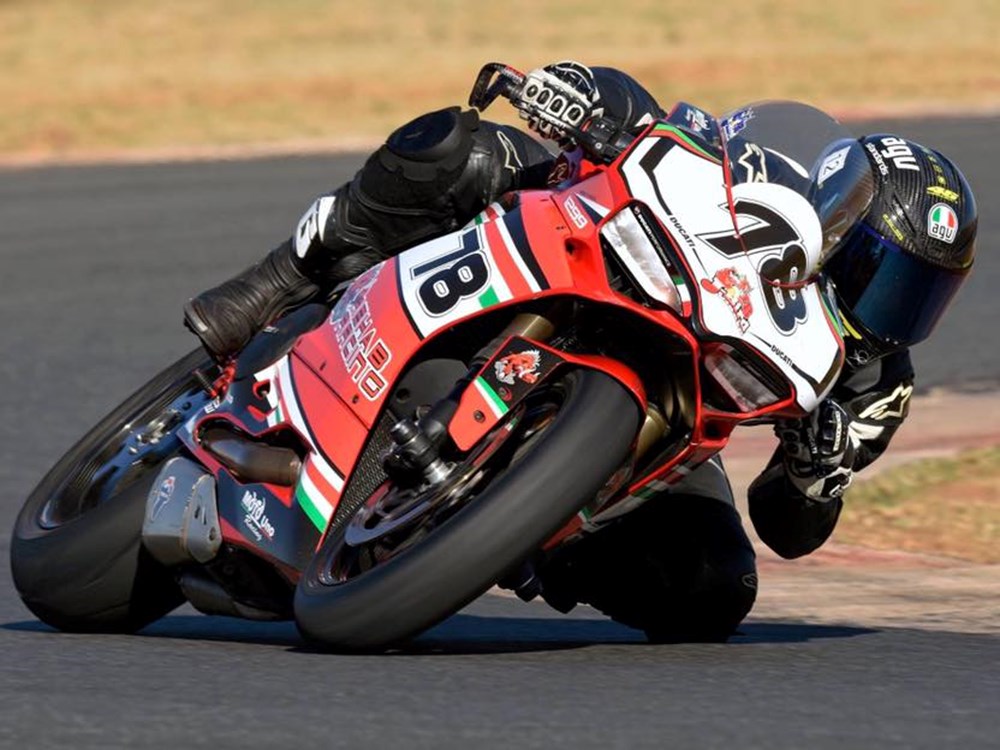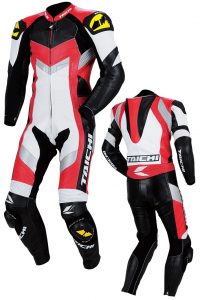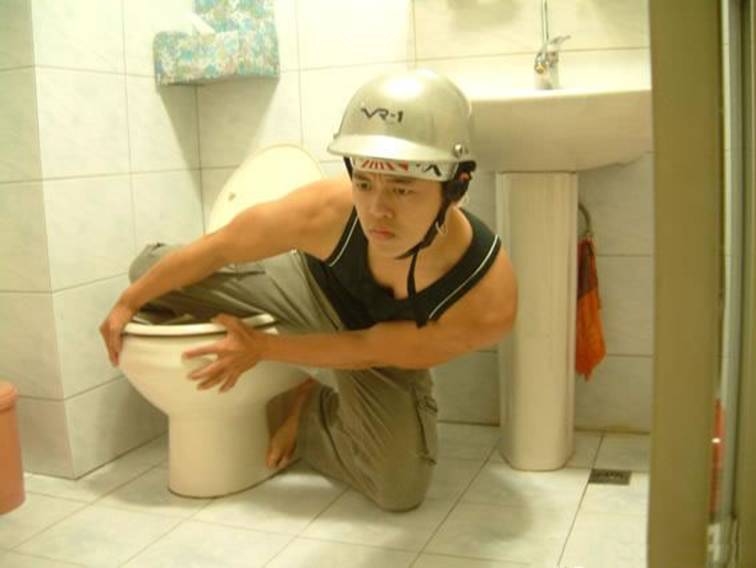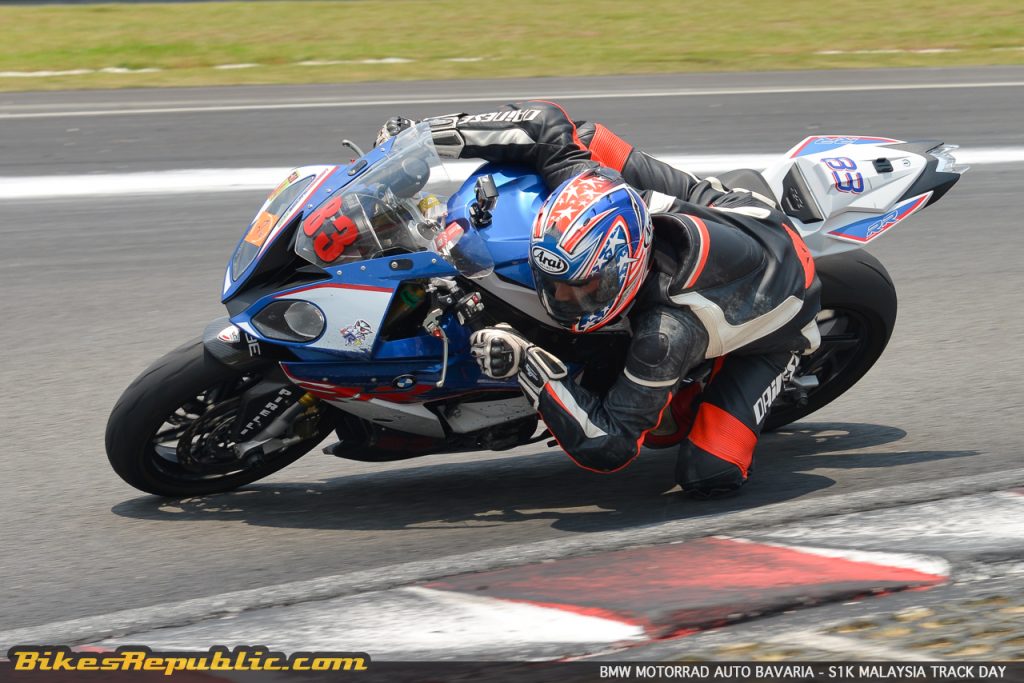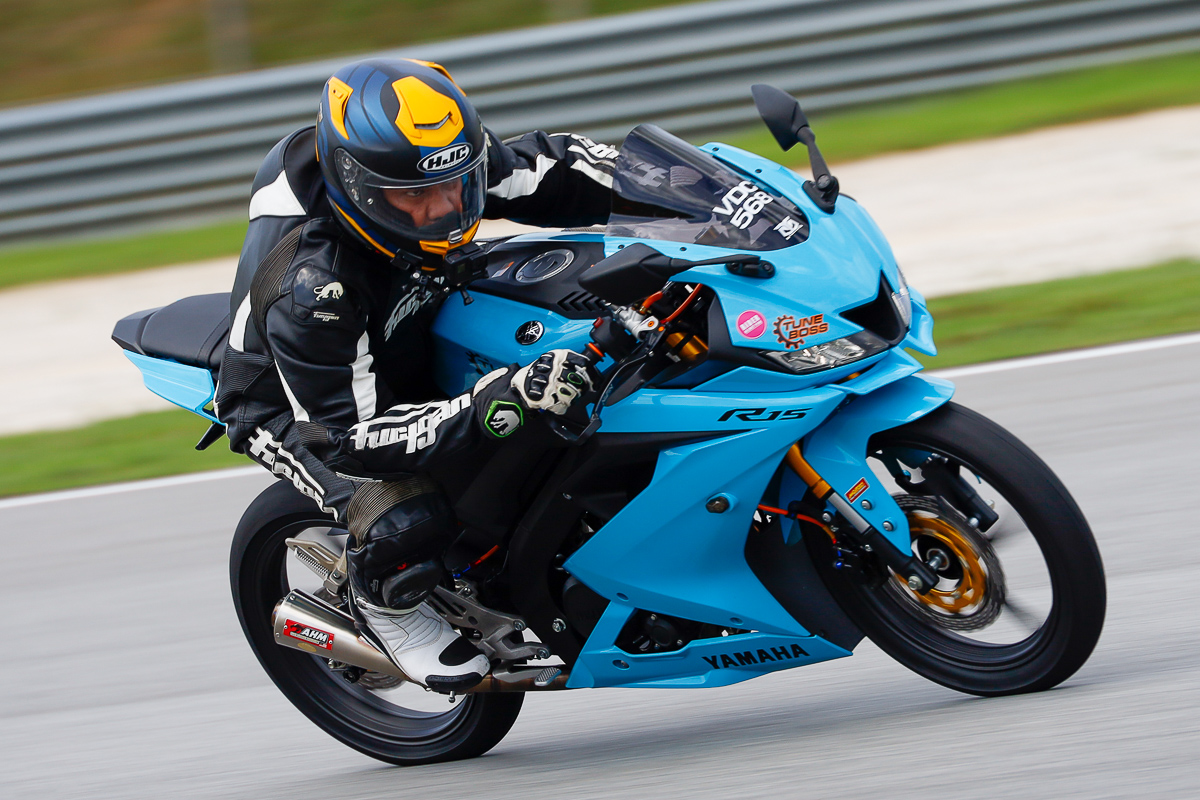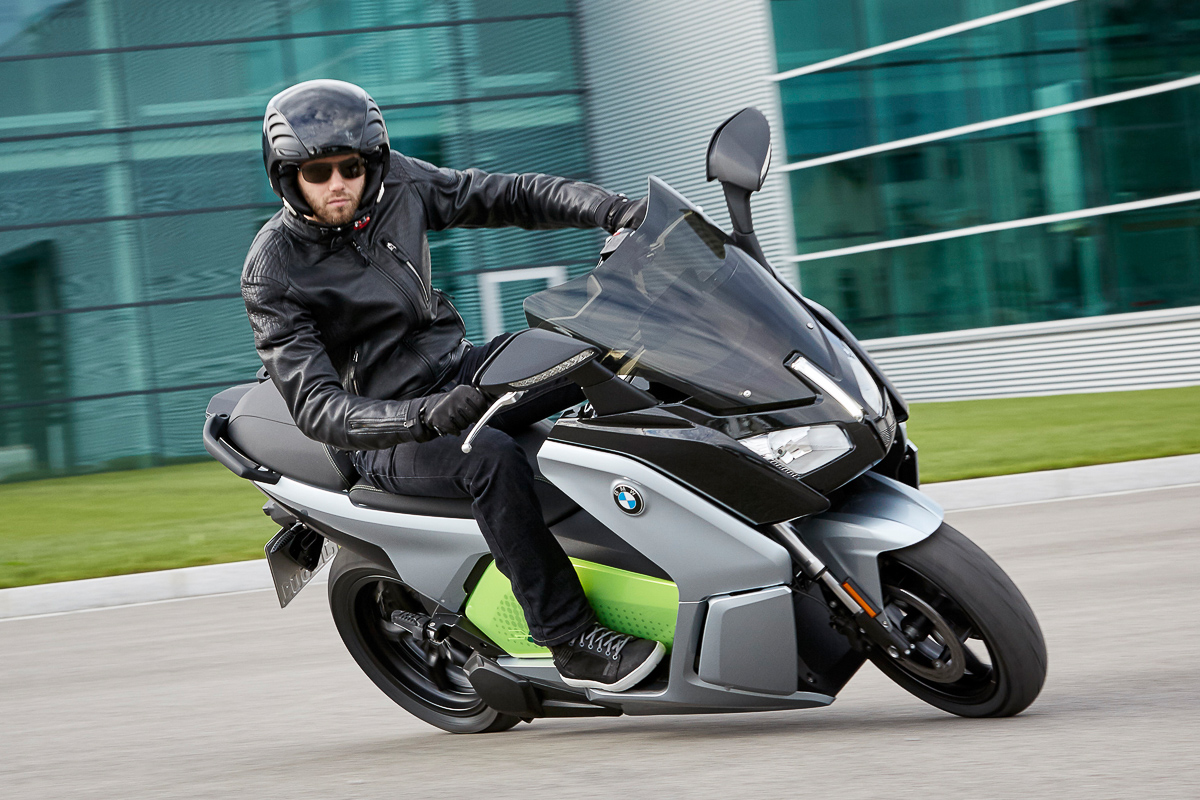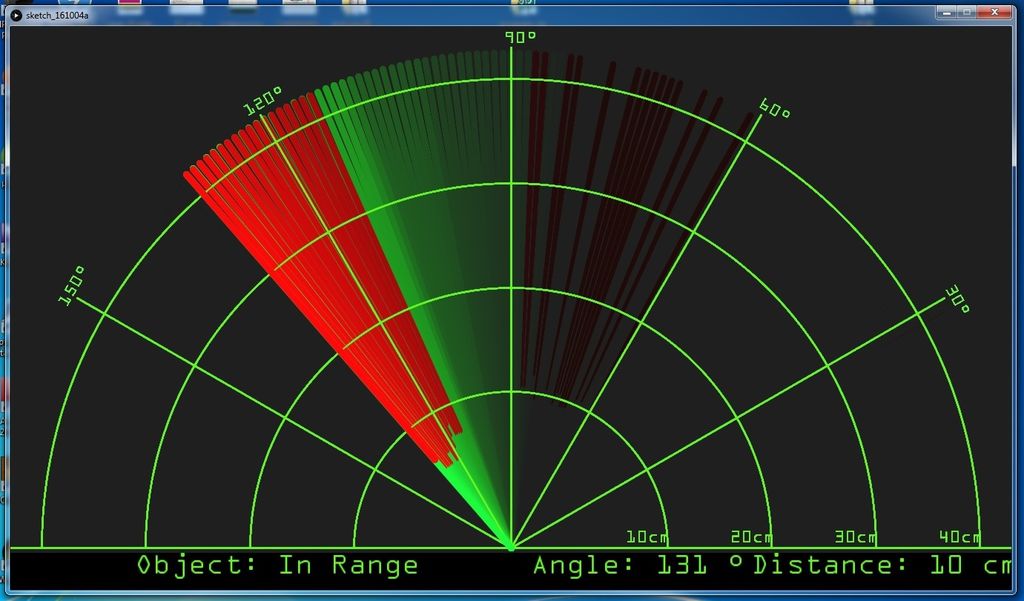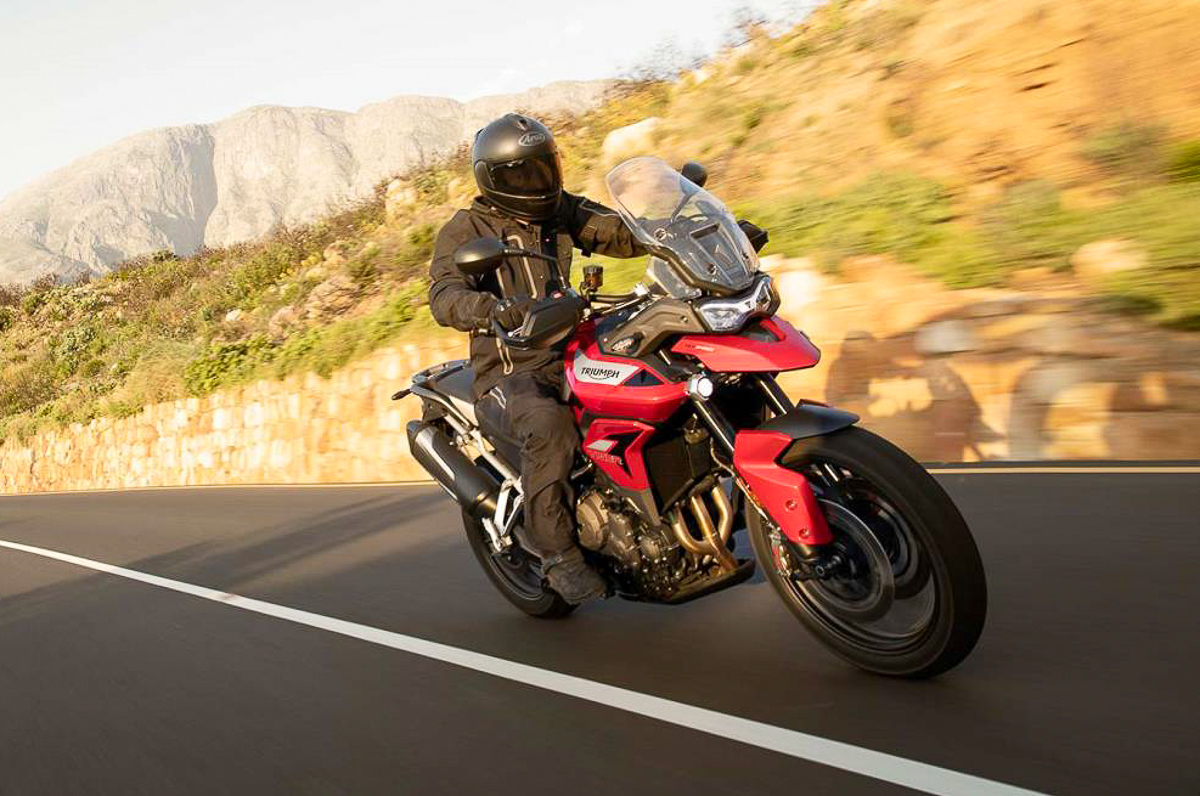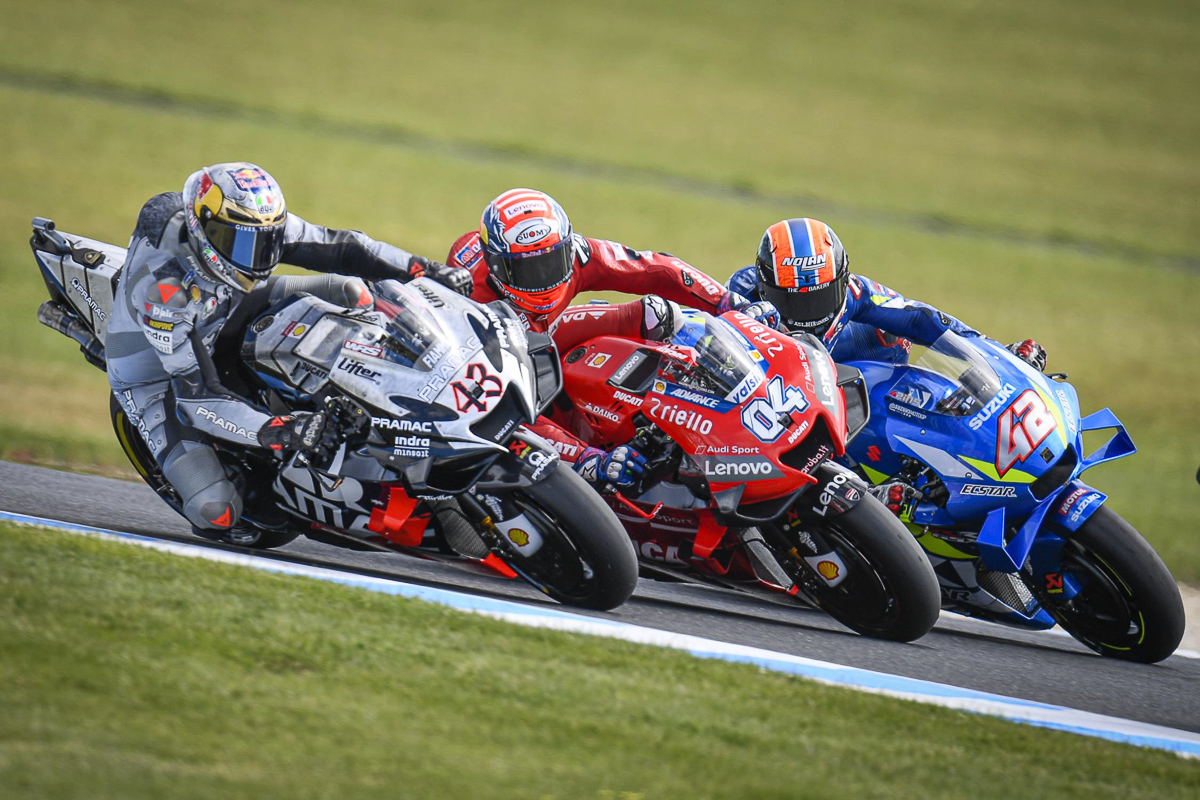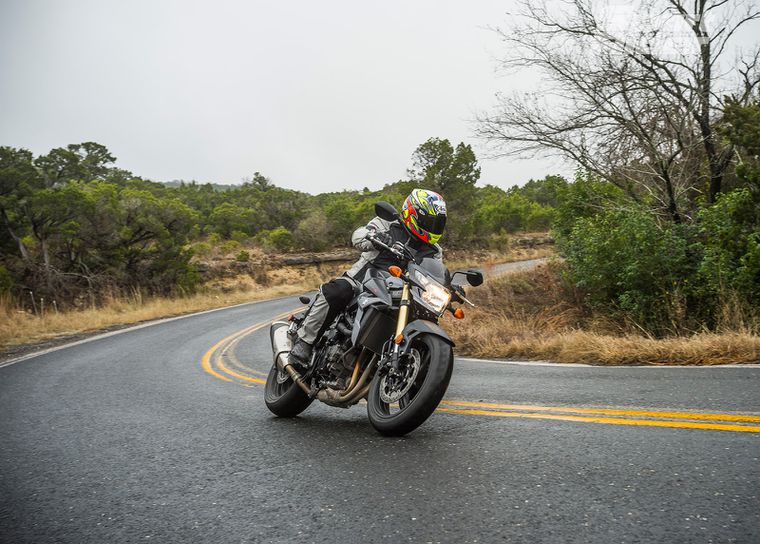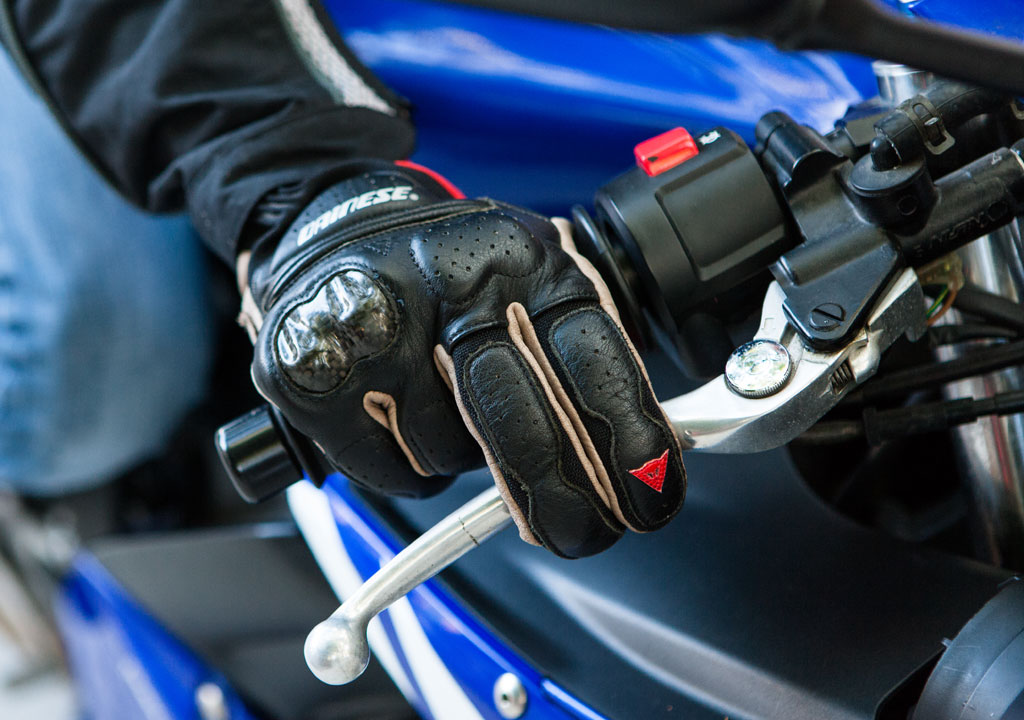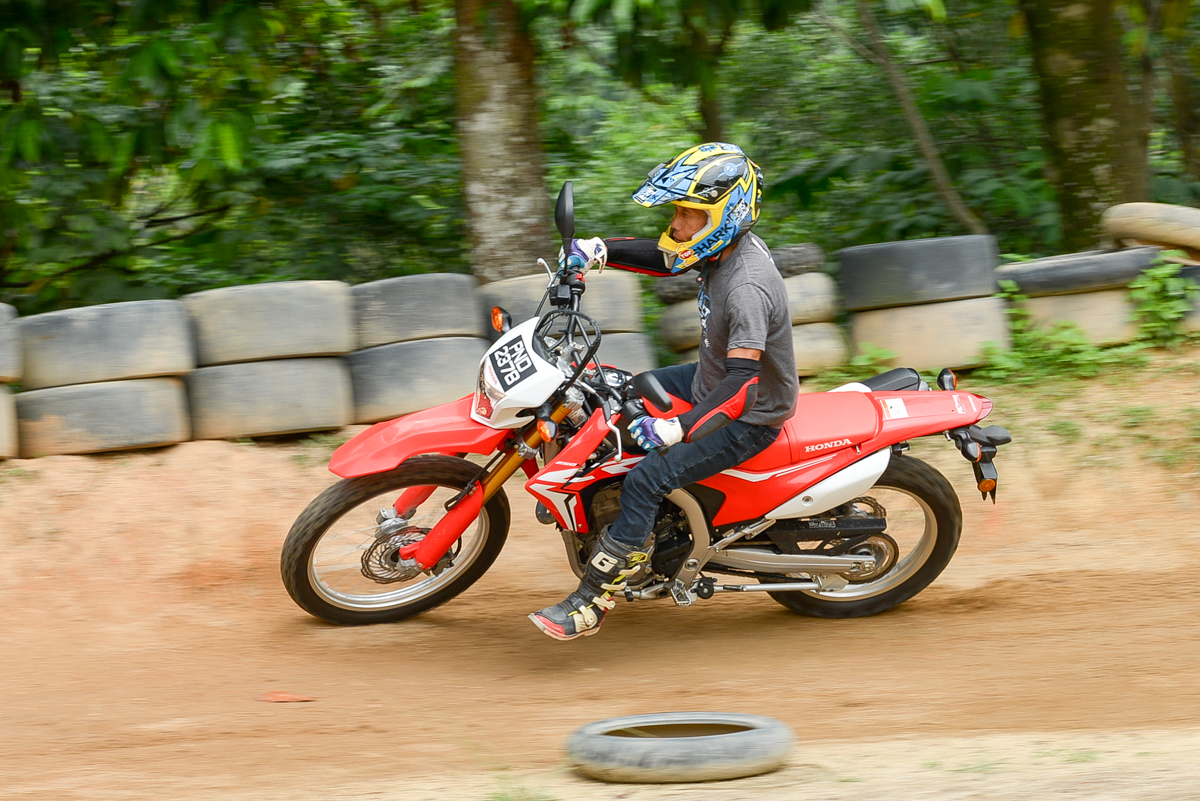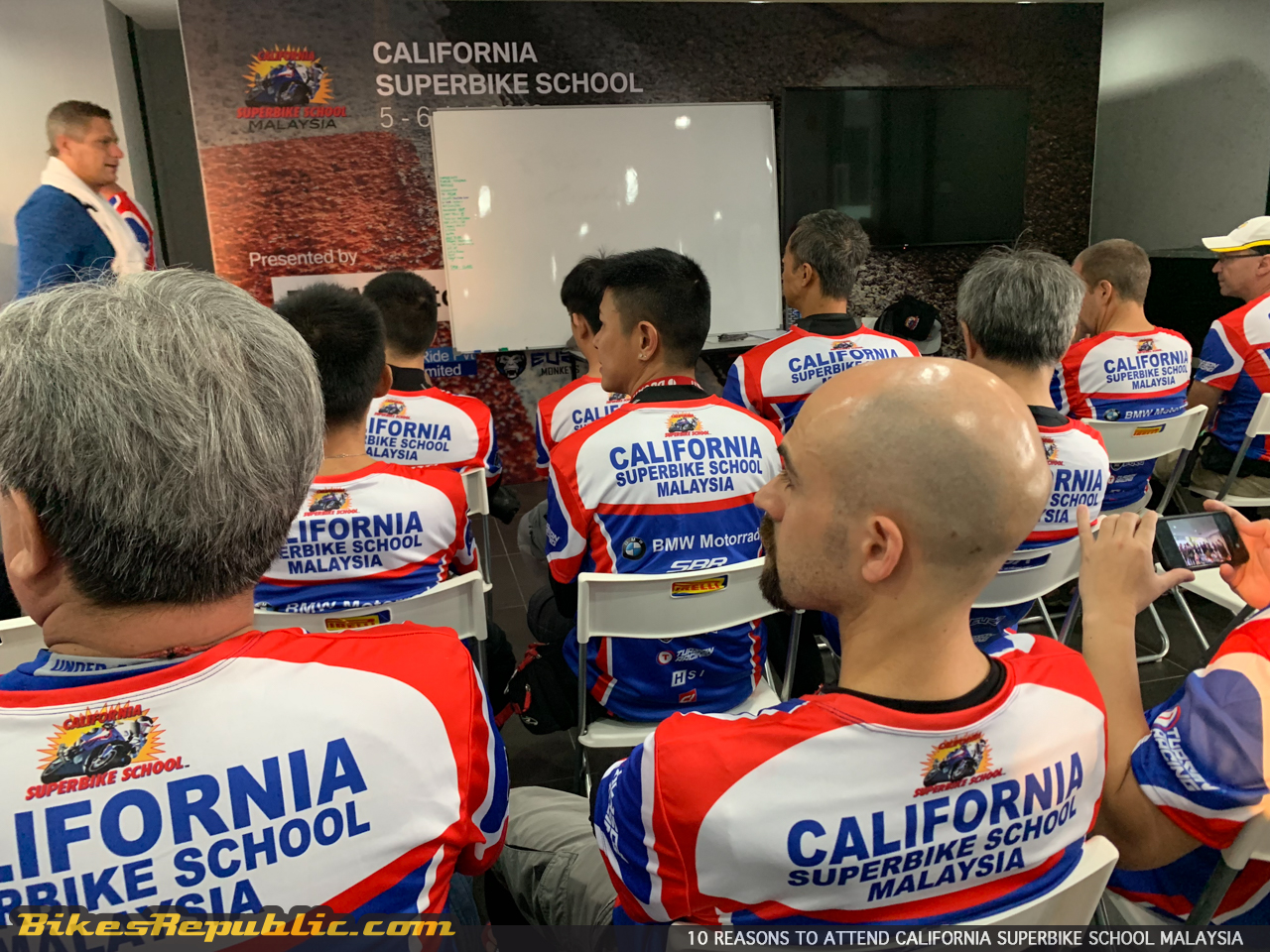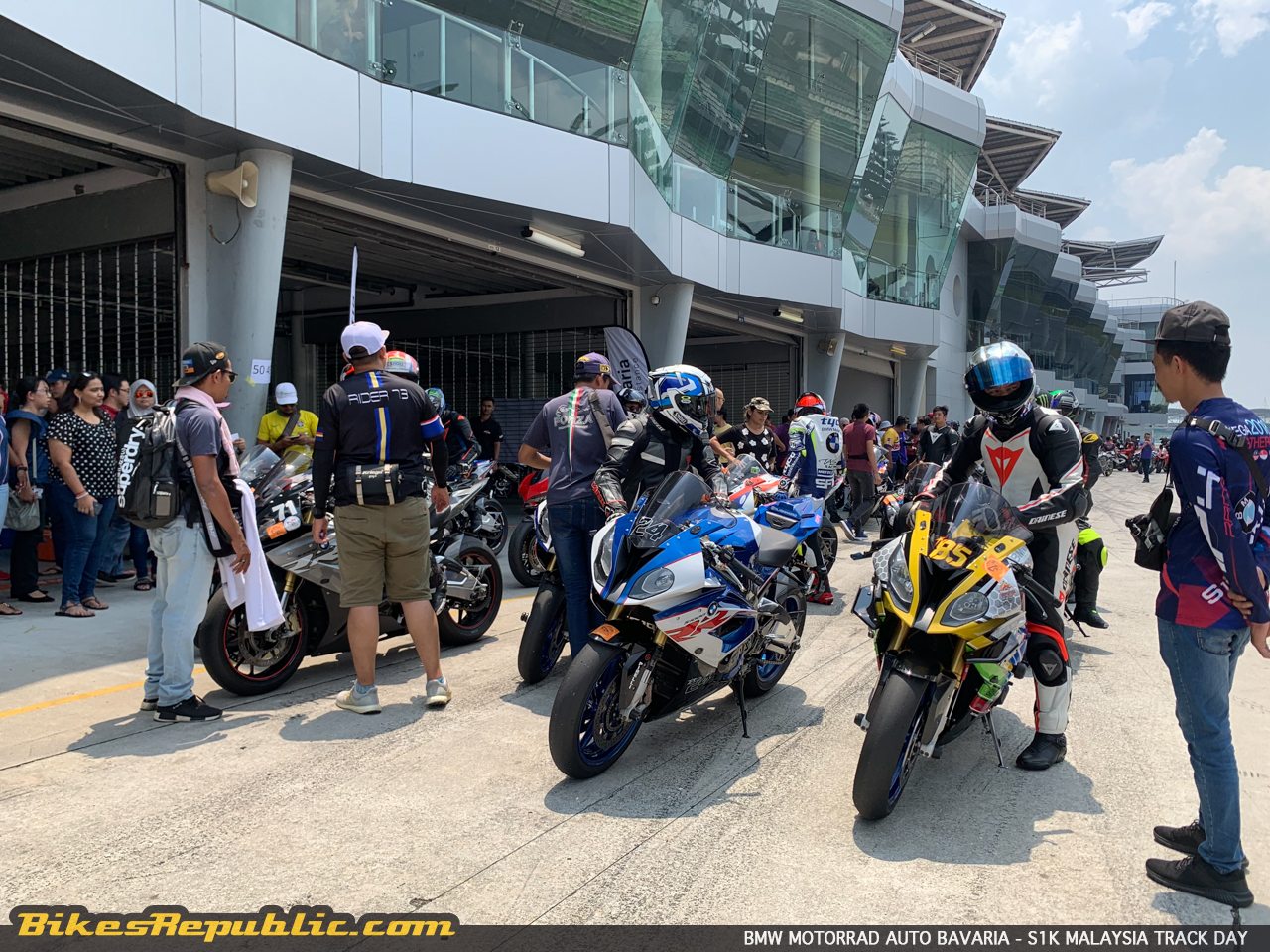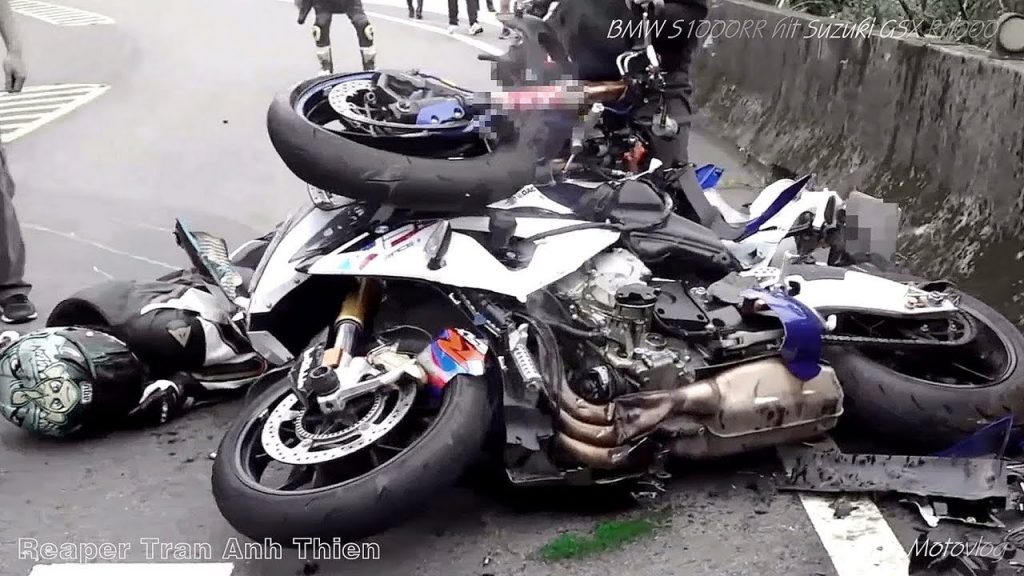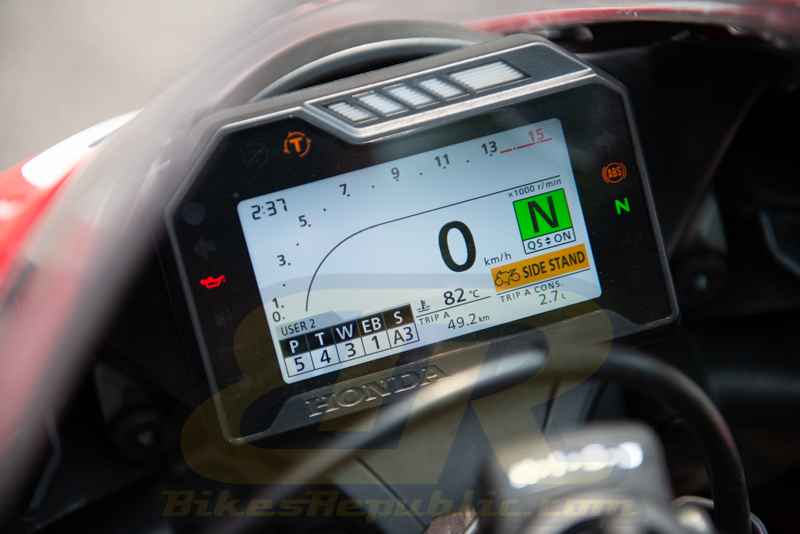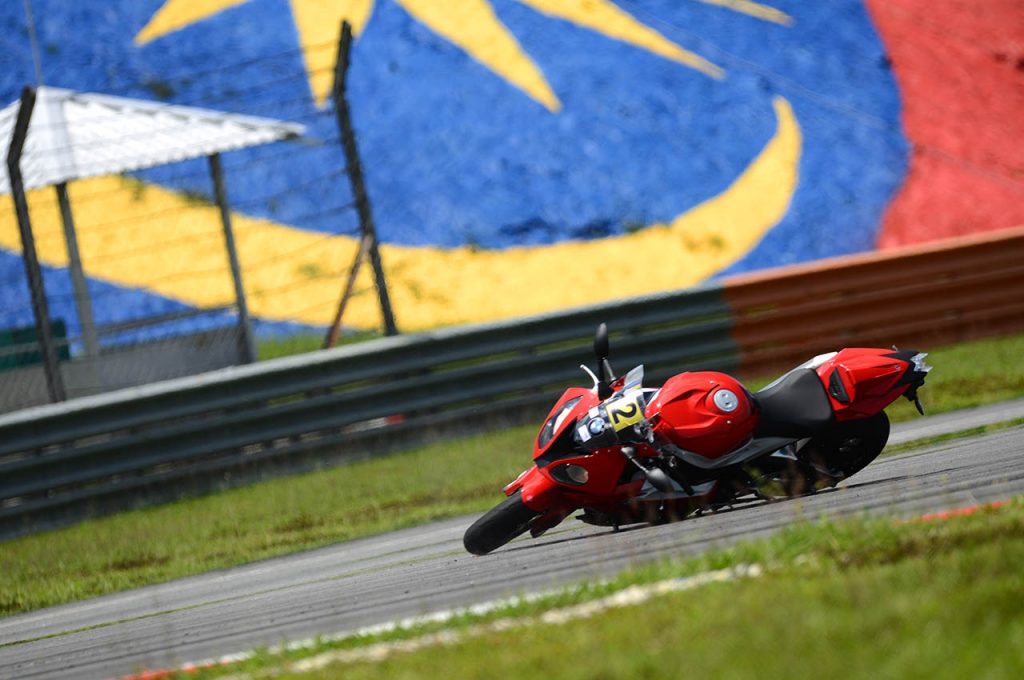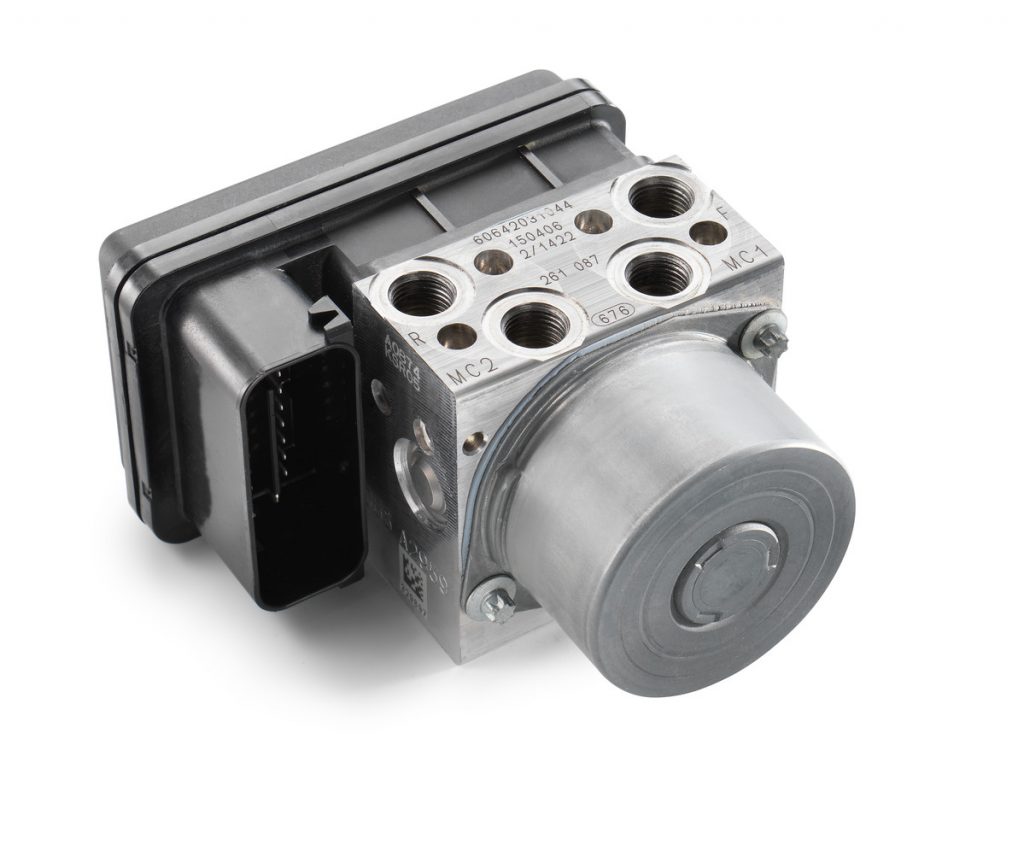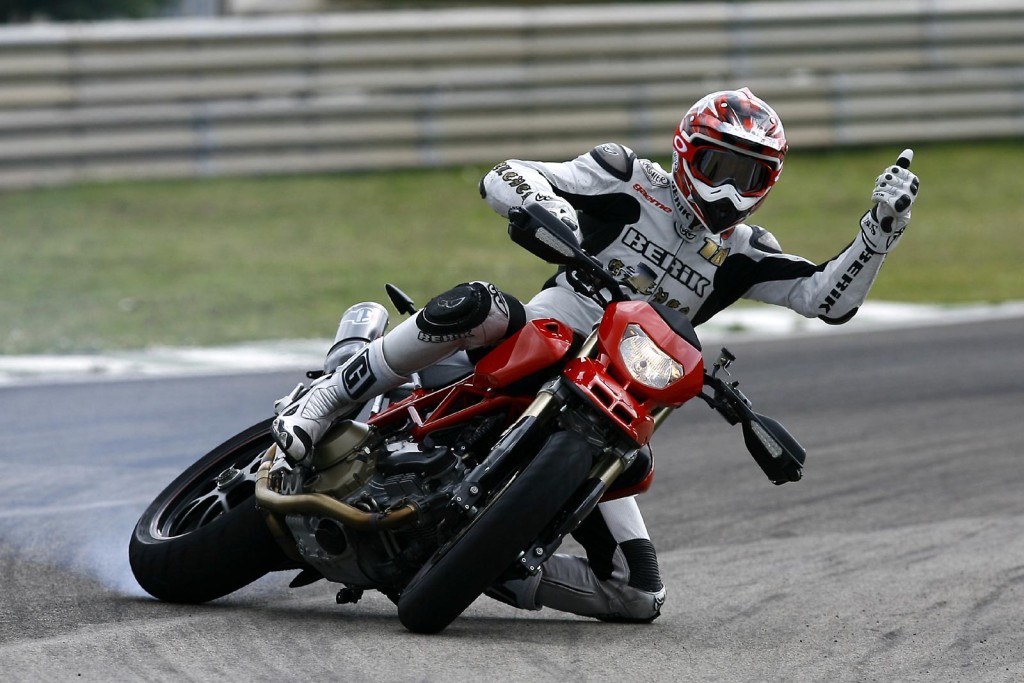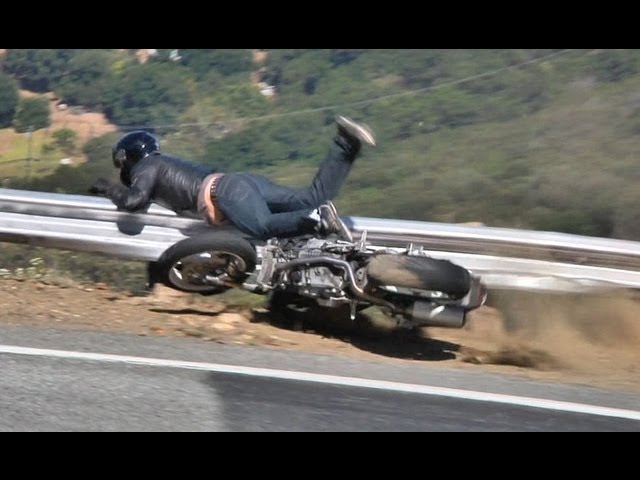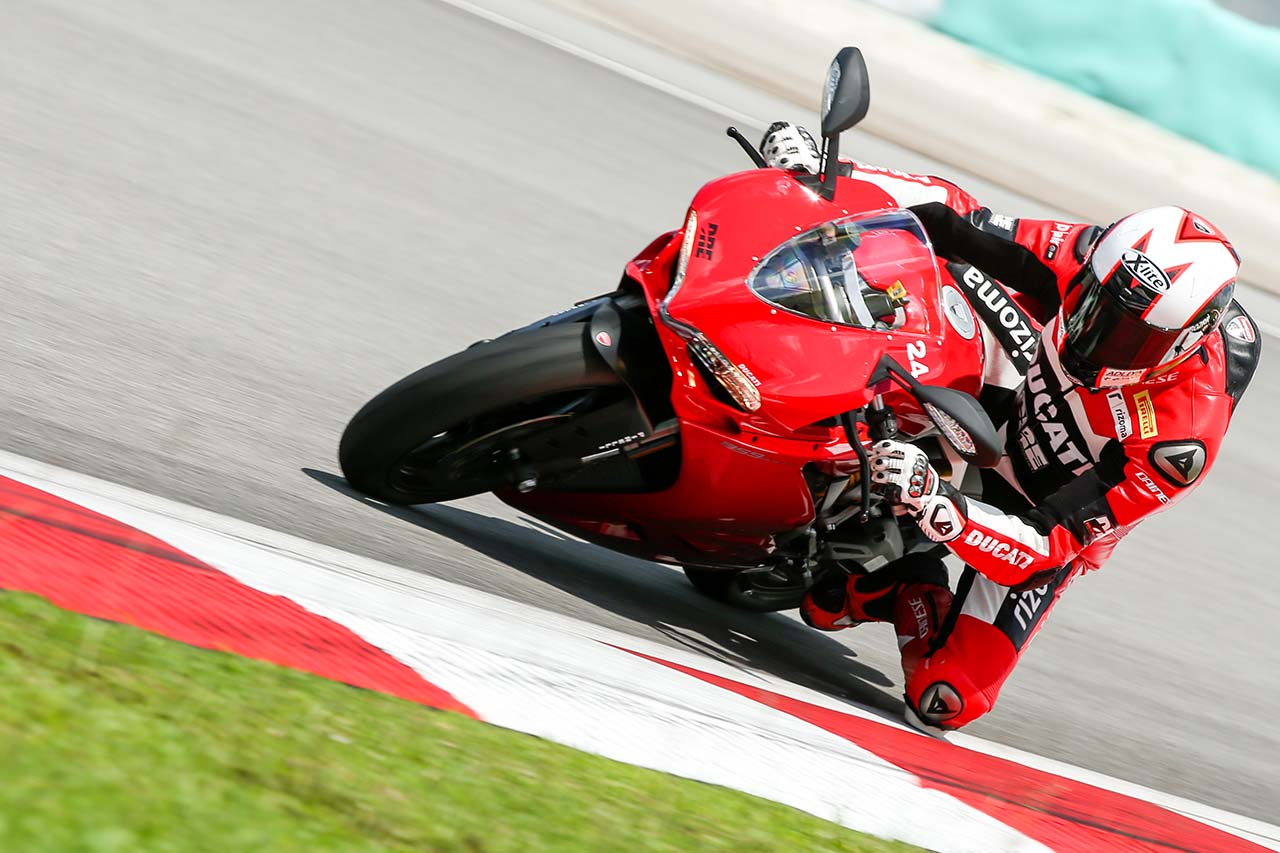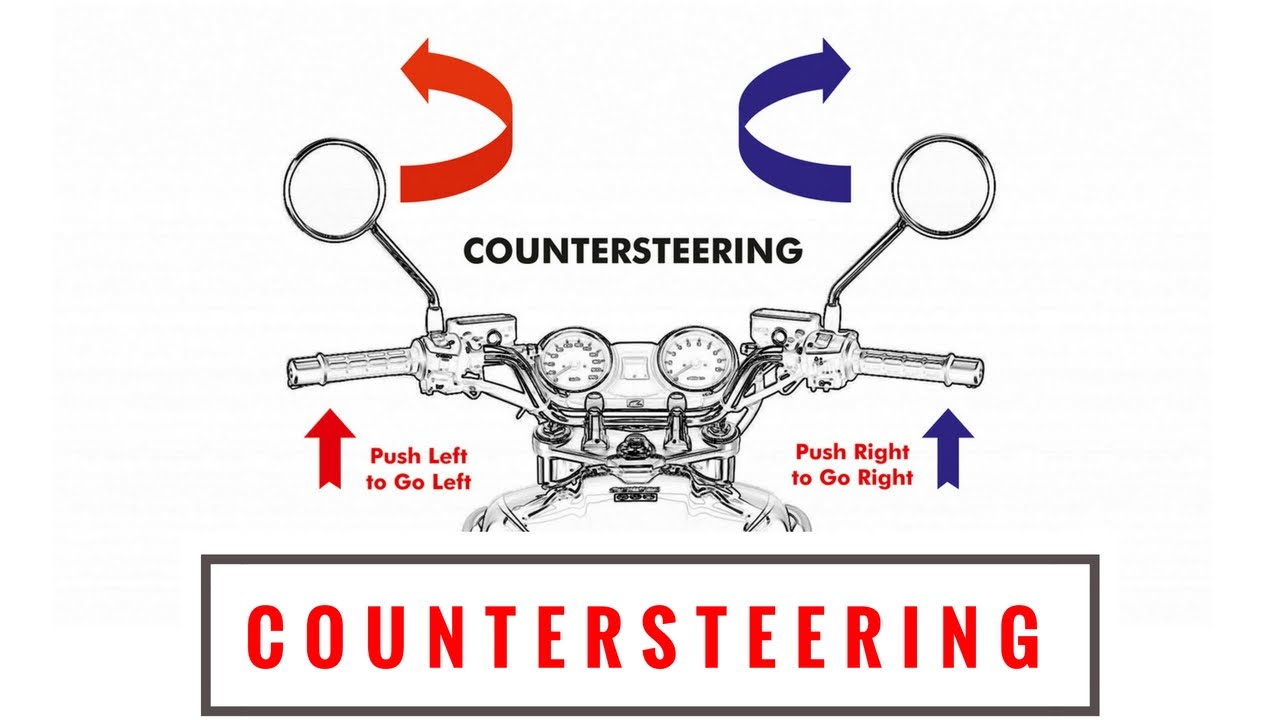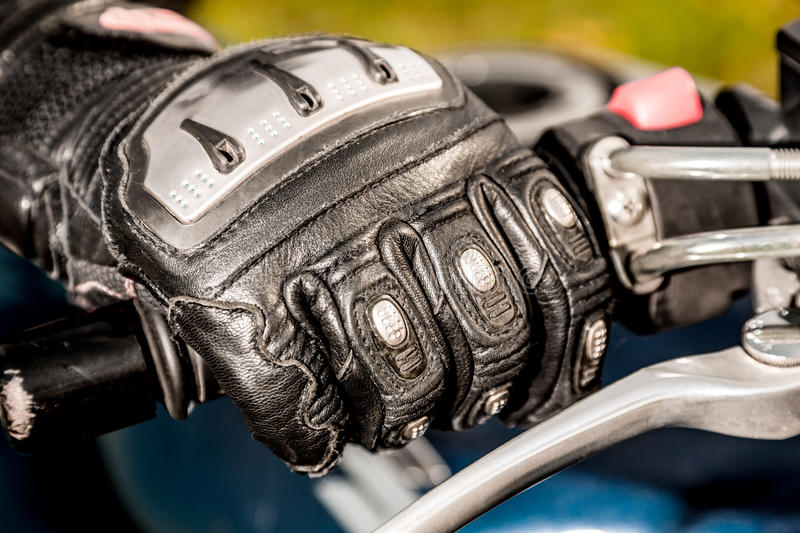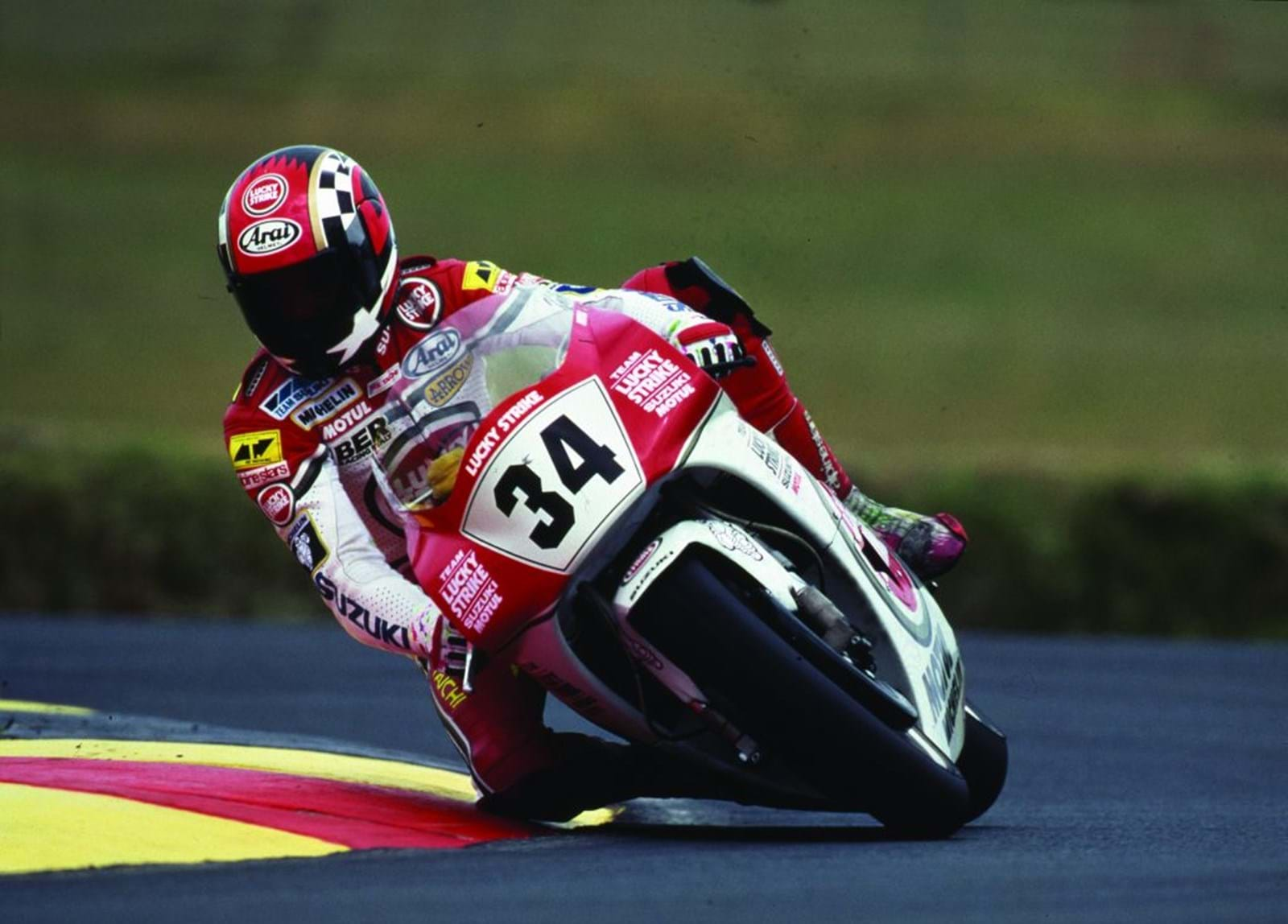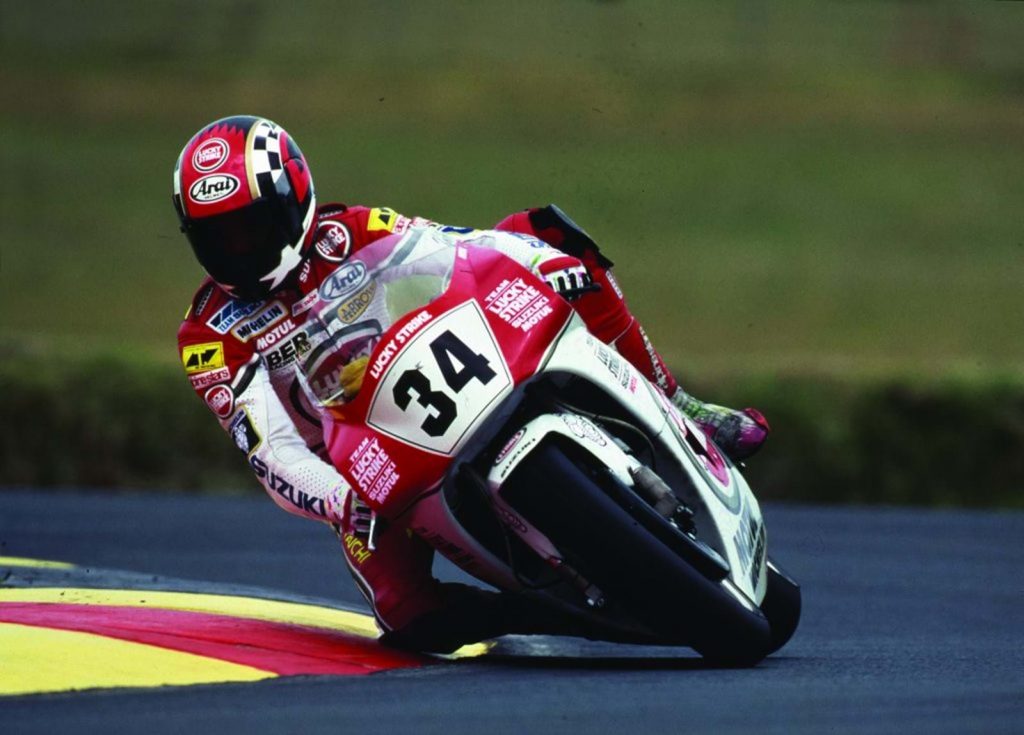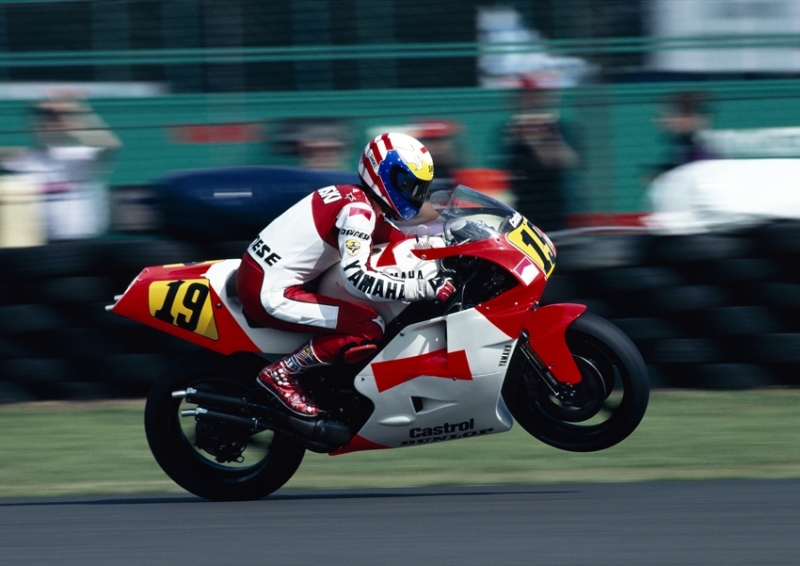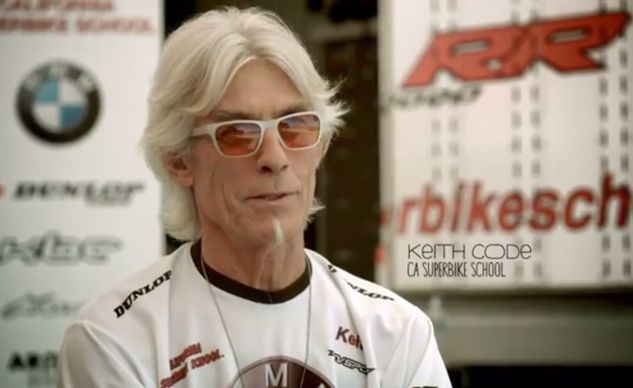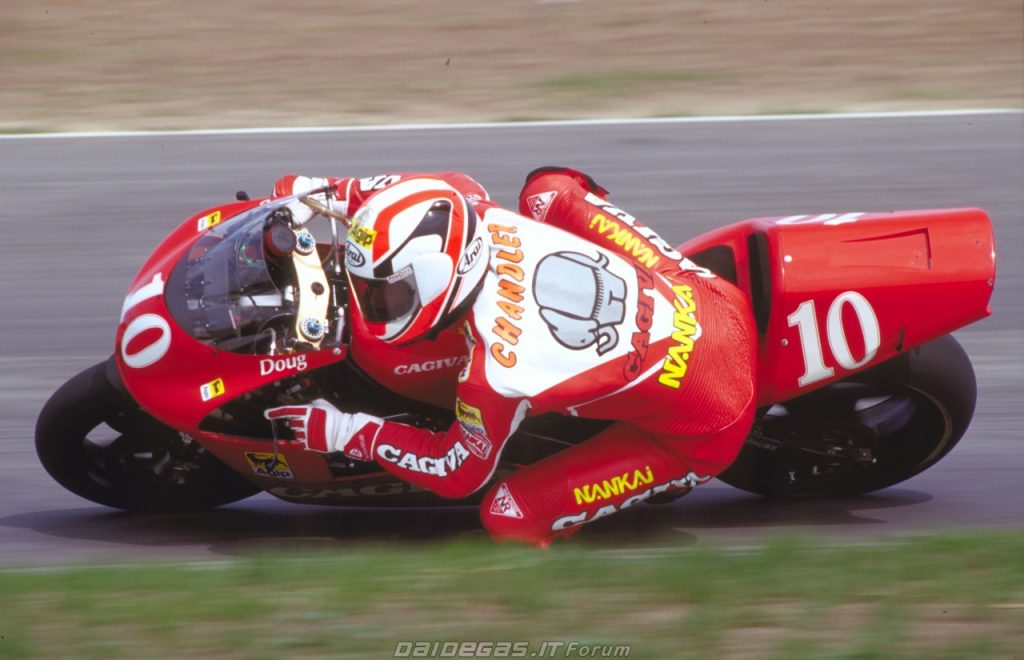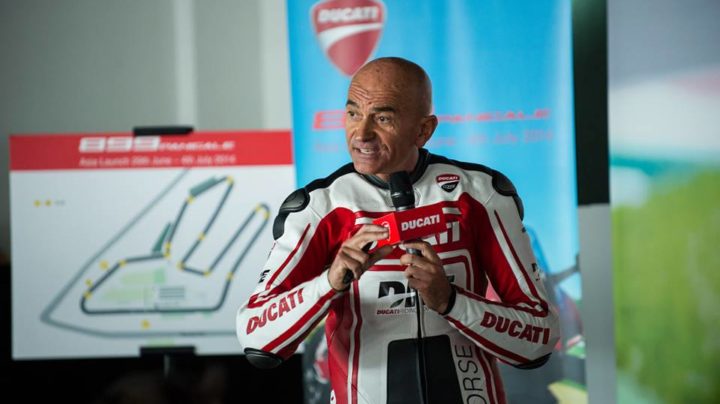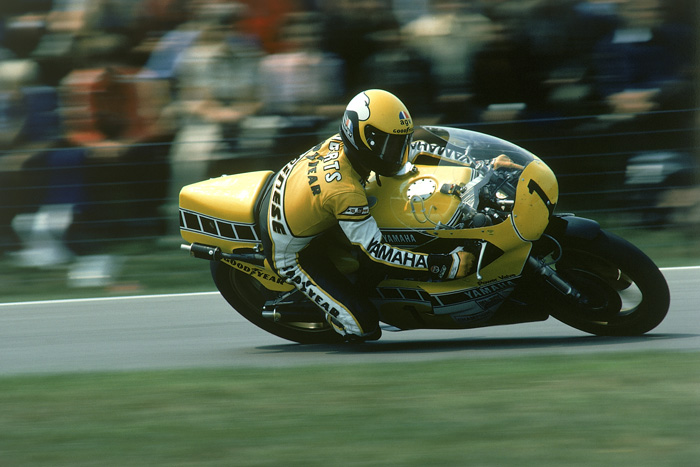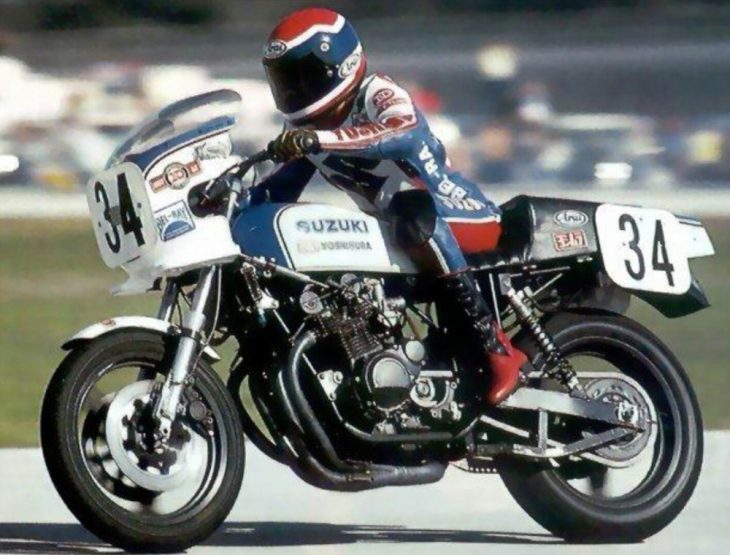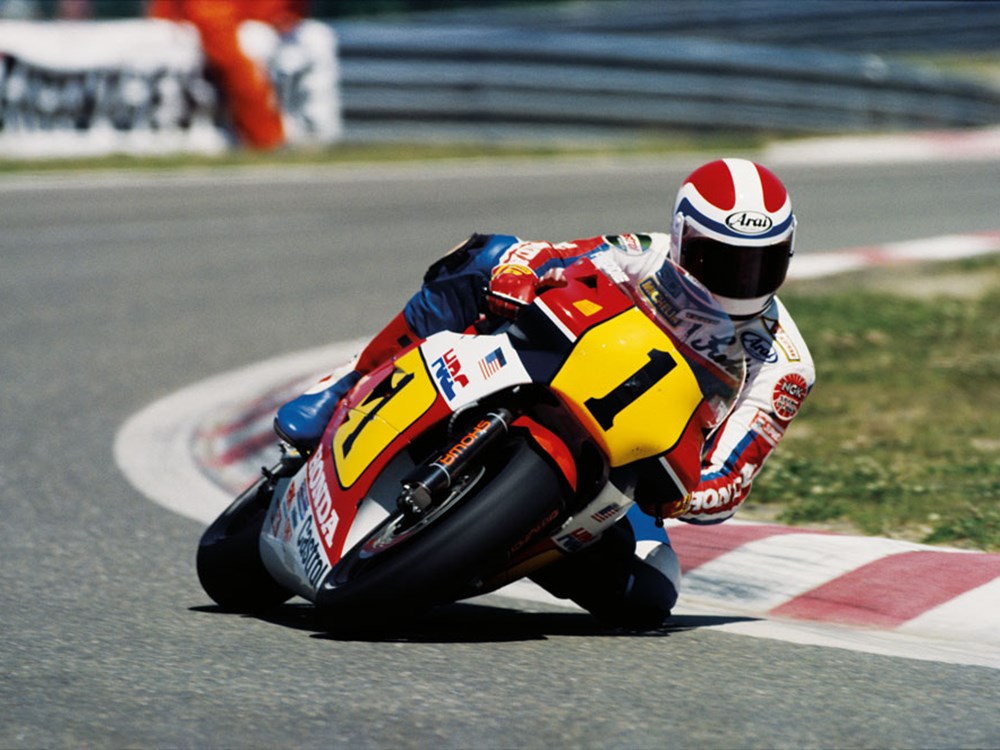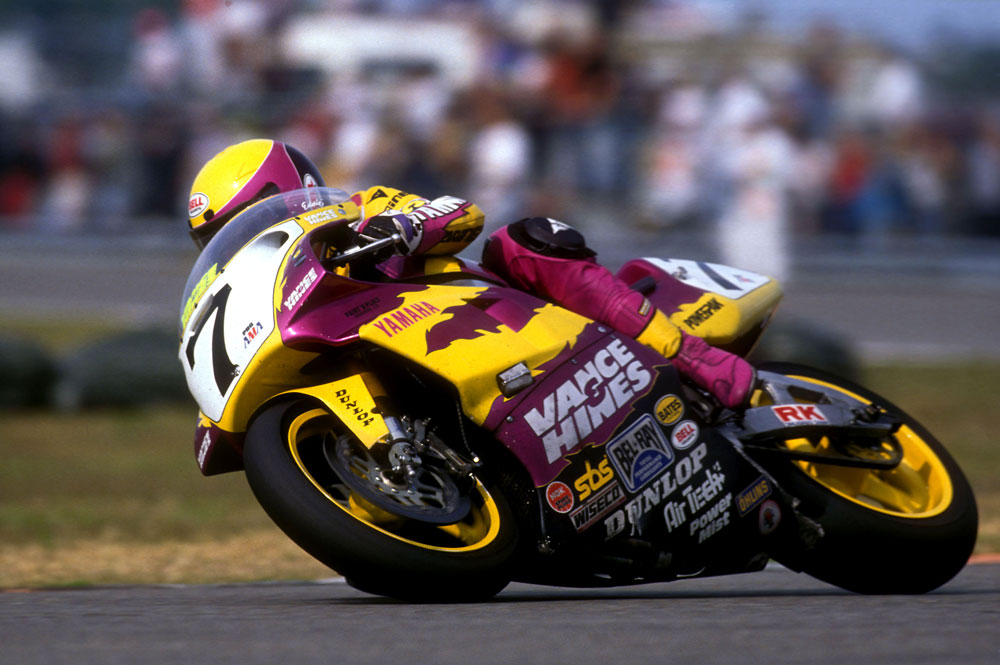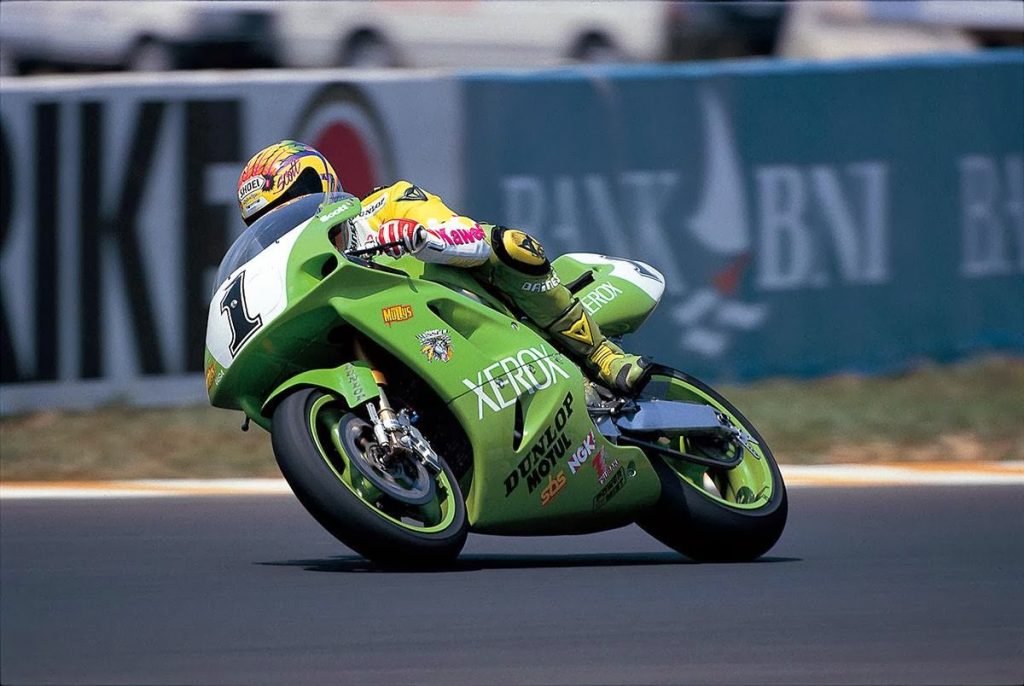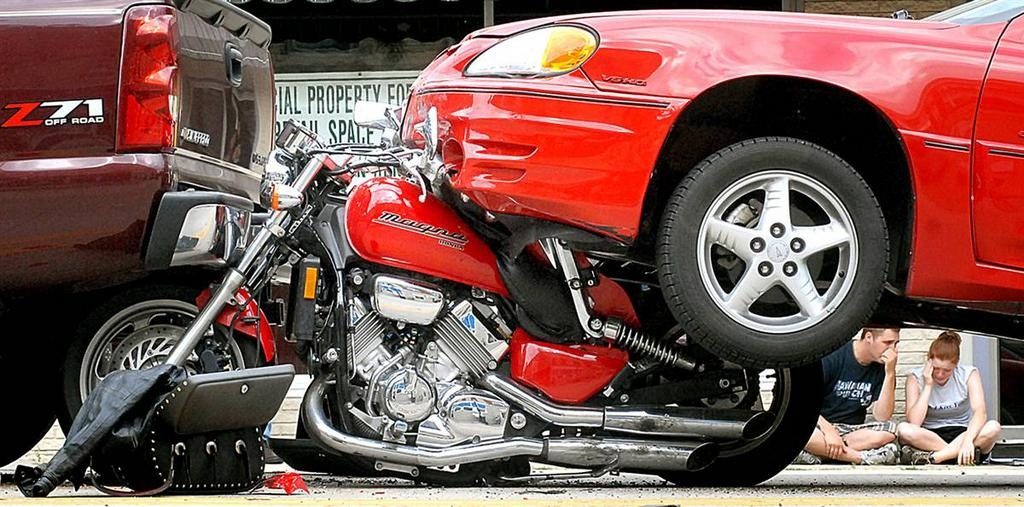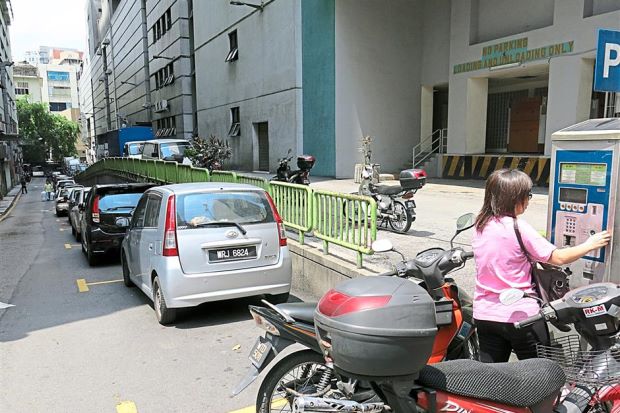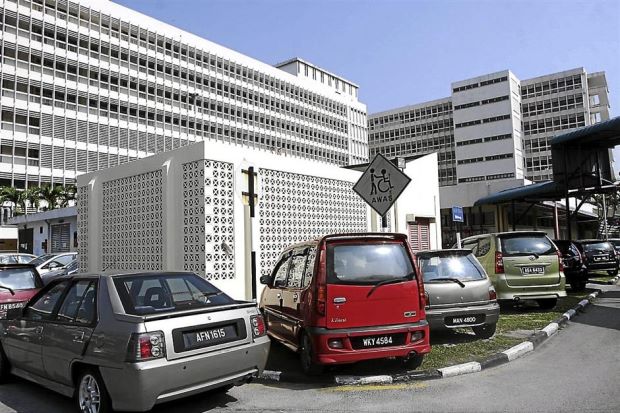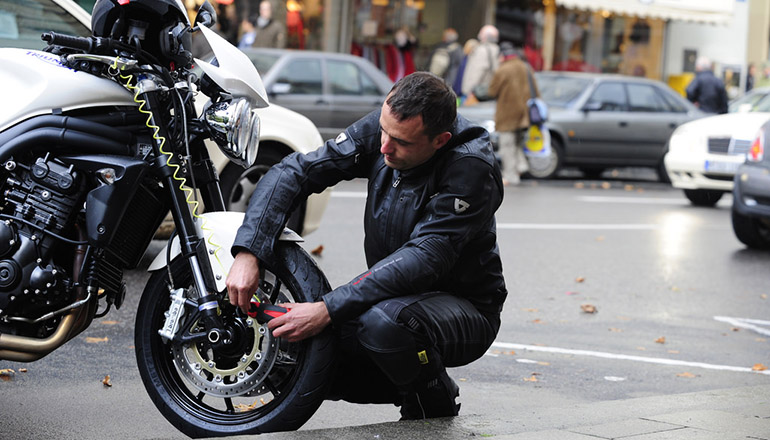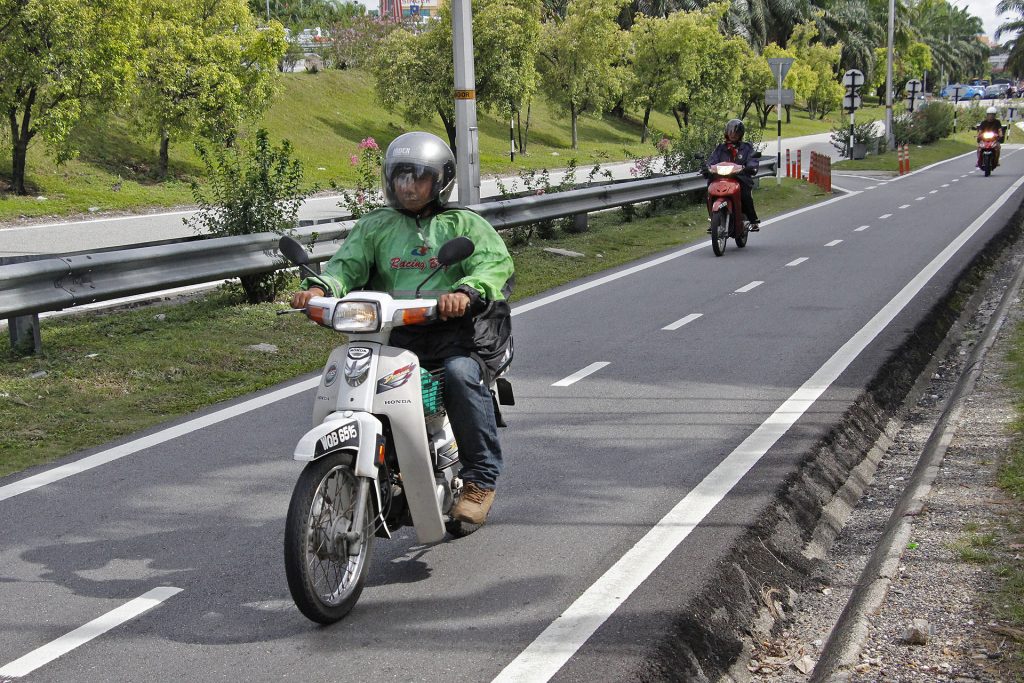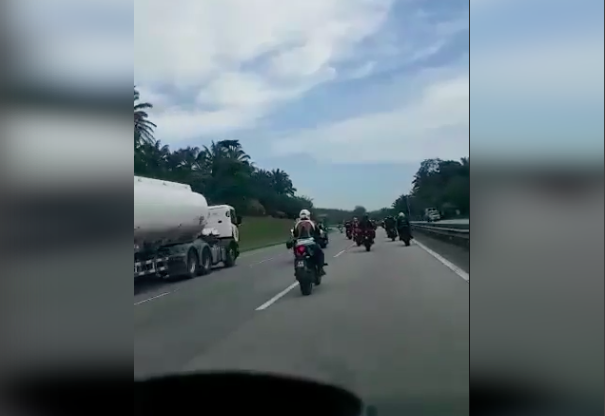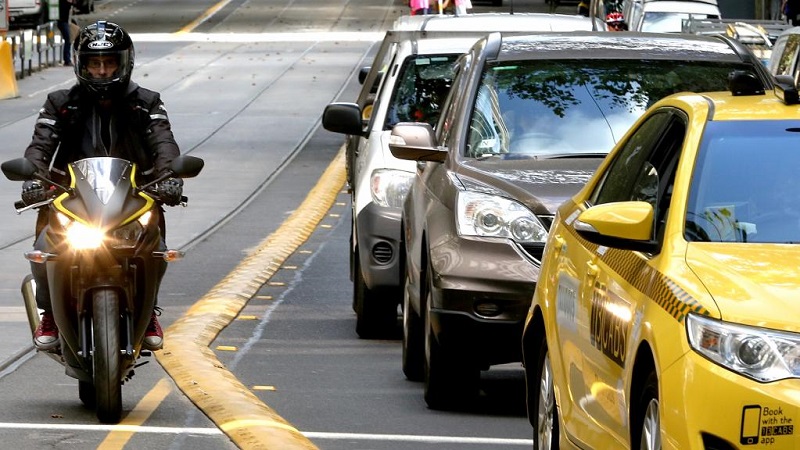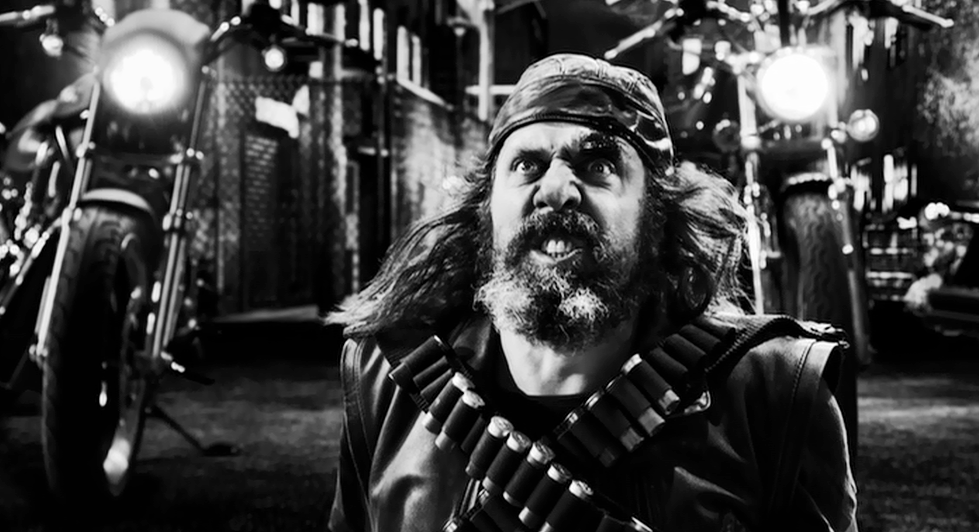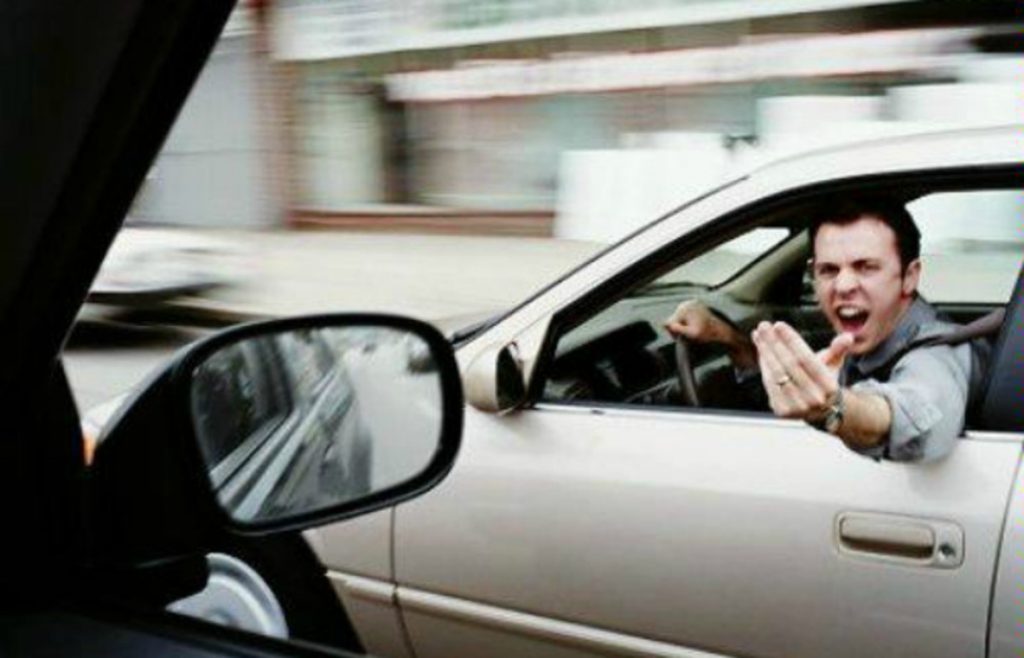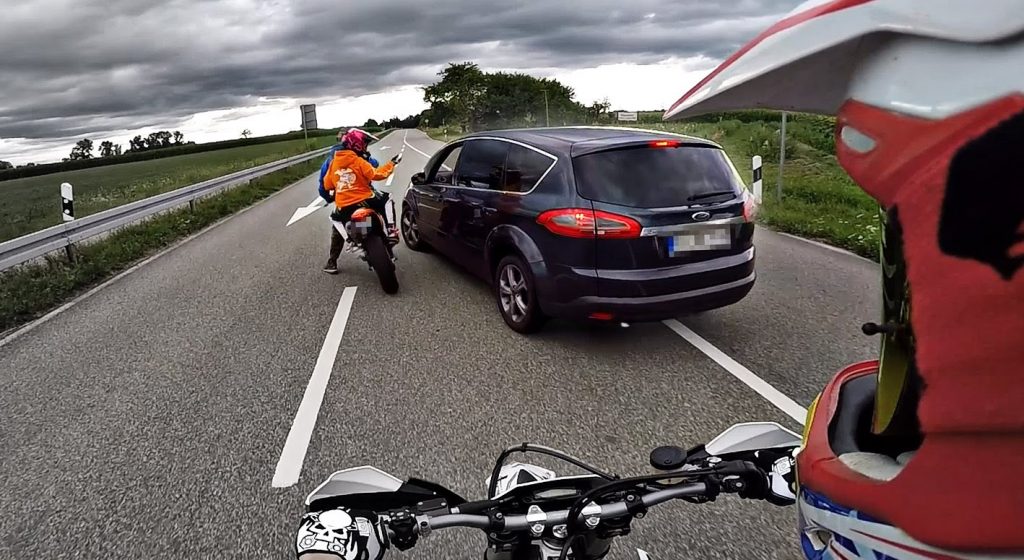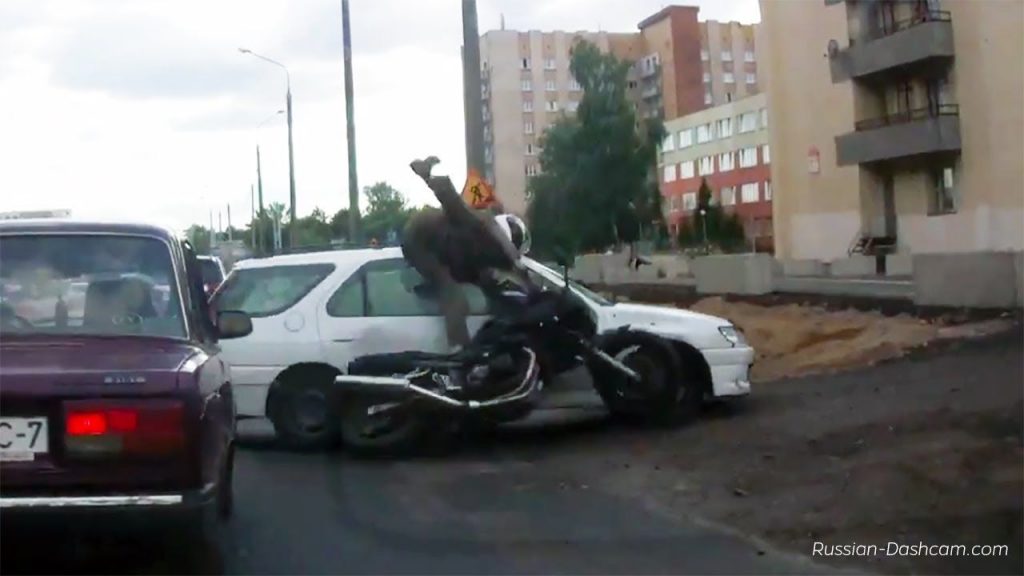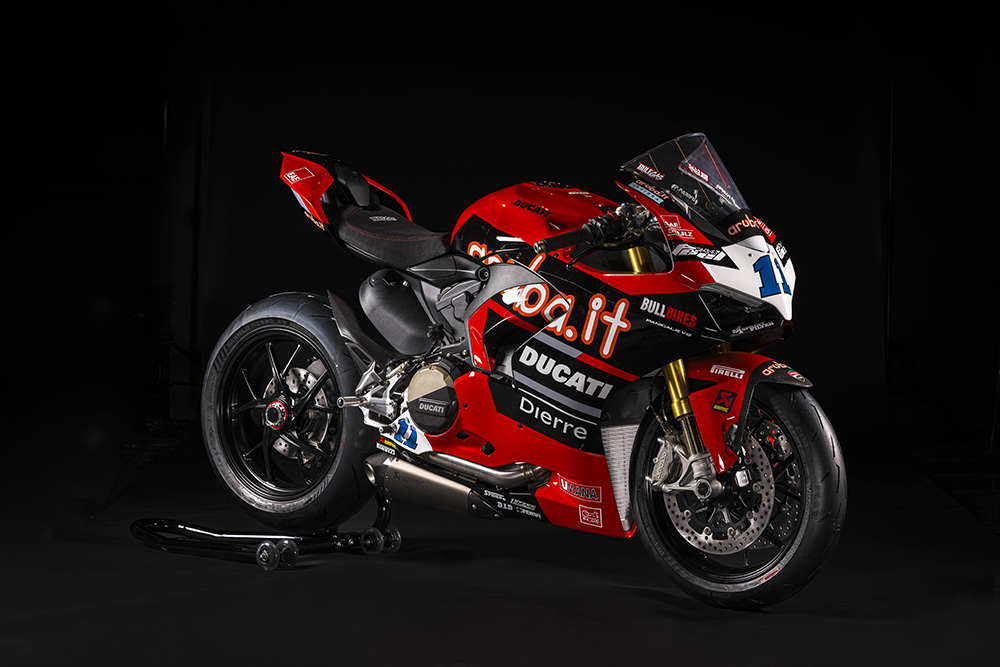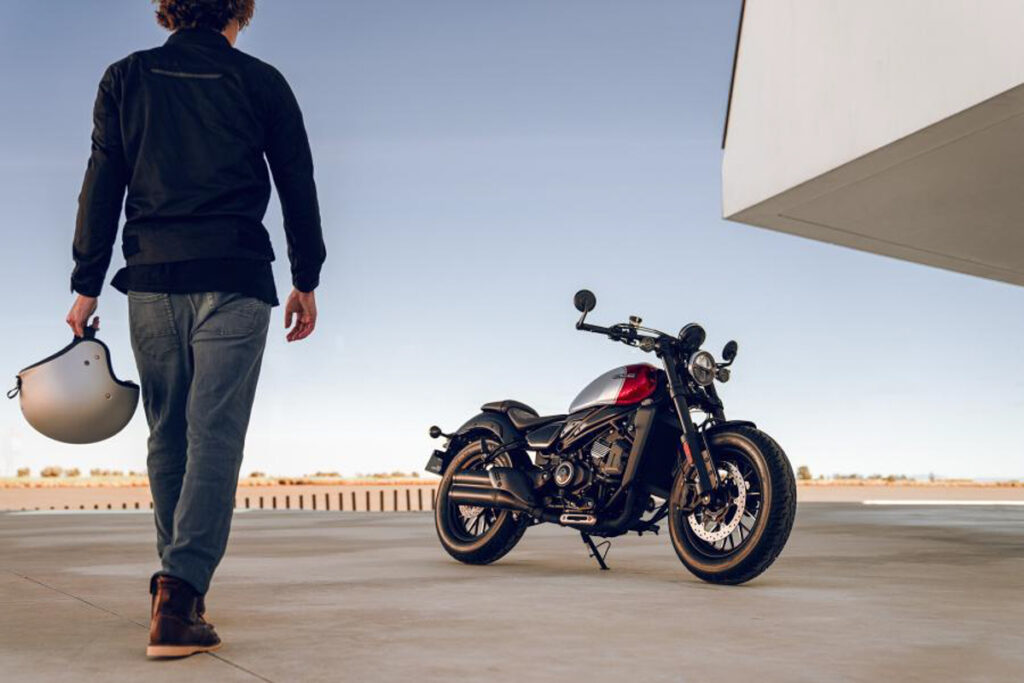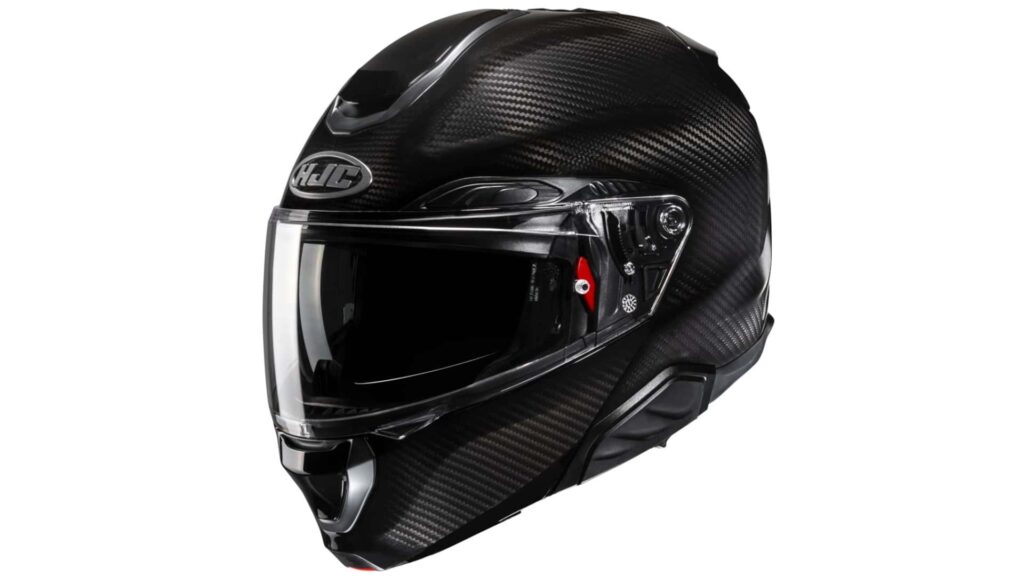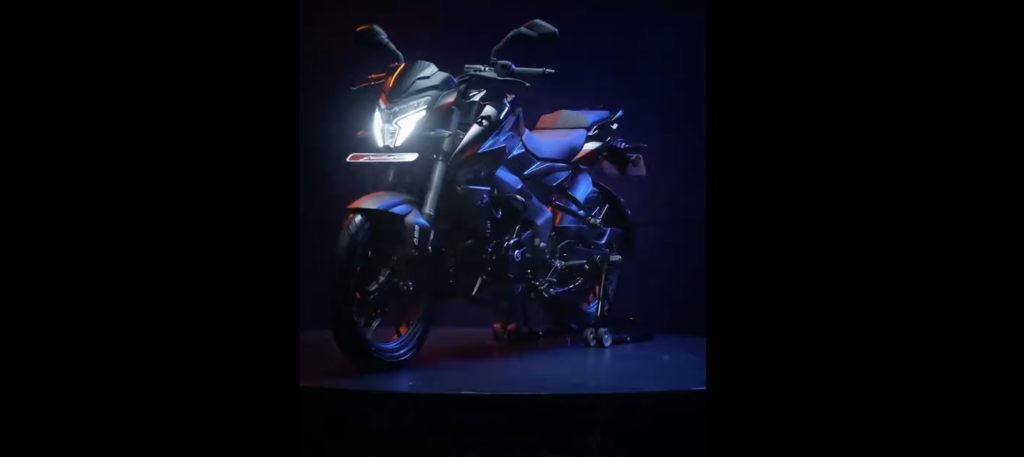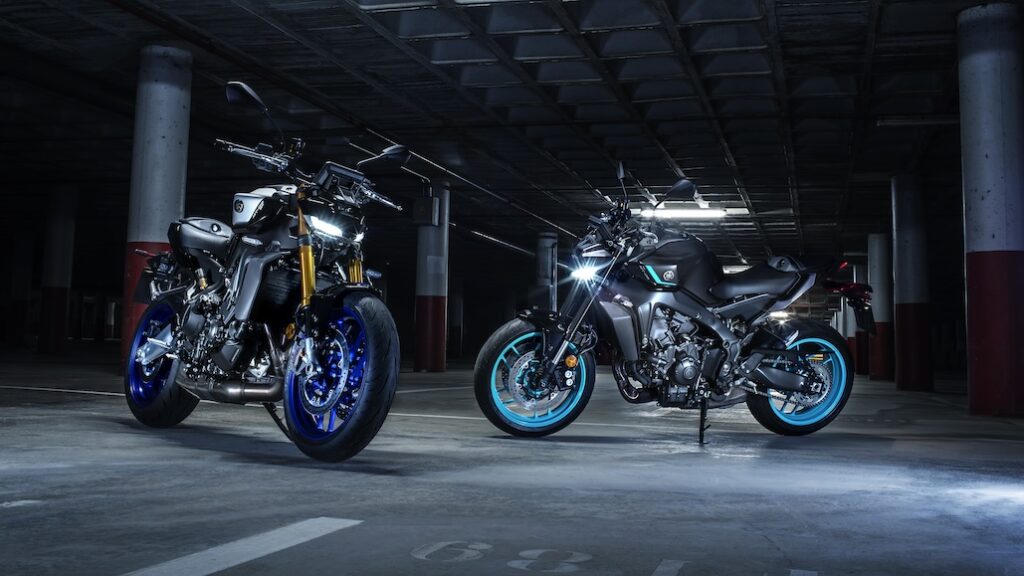-
The kneedown cornering technique is essential on the track.
-
Done right, it provides confidence and safety.
-
Remember to keep it natural and relaxed.
It’s pretty much elbow down cornering style for pro riders these days, but the basic cornering technique starts from the kneedown technique.
Getting a kneedown technique is beneficial towards motorcycle control in a corner. It’s useful to gauge how far you’re leaned over and push the bike up slightly if the front tyre starts to slide. Hanging off and putting a kneedown also lessens the bike’s lean angle, hence using a slightly fatter part of the tyre rather than putting all your faith on the very edge.
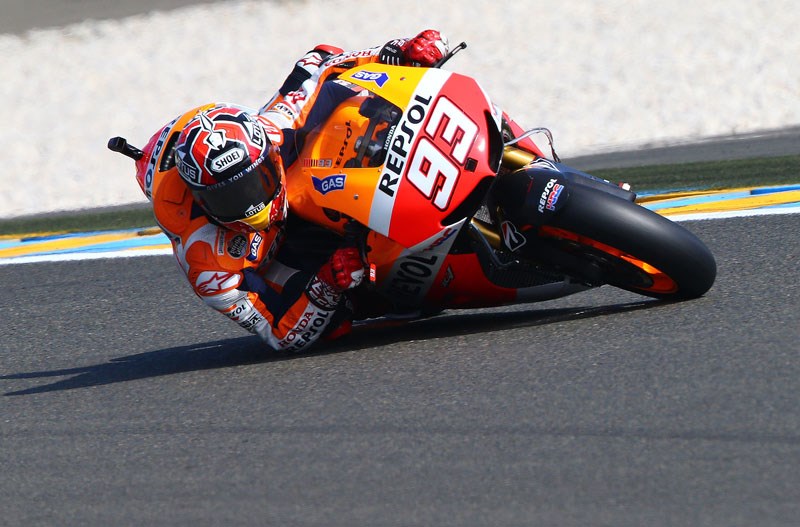
But before we proceed further, please take note that we do not encourage the technique on public roads. Please ride responsibly and explore your limits at the track.
1. Gear
Obviously, you need riding gear that has knee sliders; you’re required to don a racing leather suit on the track anyway. Please don’t try to attempt this on public roads by taping knee pucks to your jeans.
2. Location
Yes, yes, we’ve mentioned this many times but it needs to be drilled in. The track. Only at the track. If you’re riding a sub-500cc machine, you could head to ELITE or the Sepang International Kart Circuit. As for the bigger bikes, we only have the Sepang International Circuit, unfortunately.
3. Getting it Right
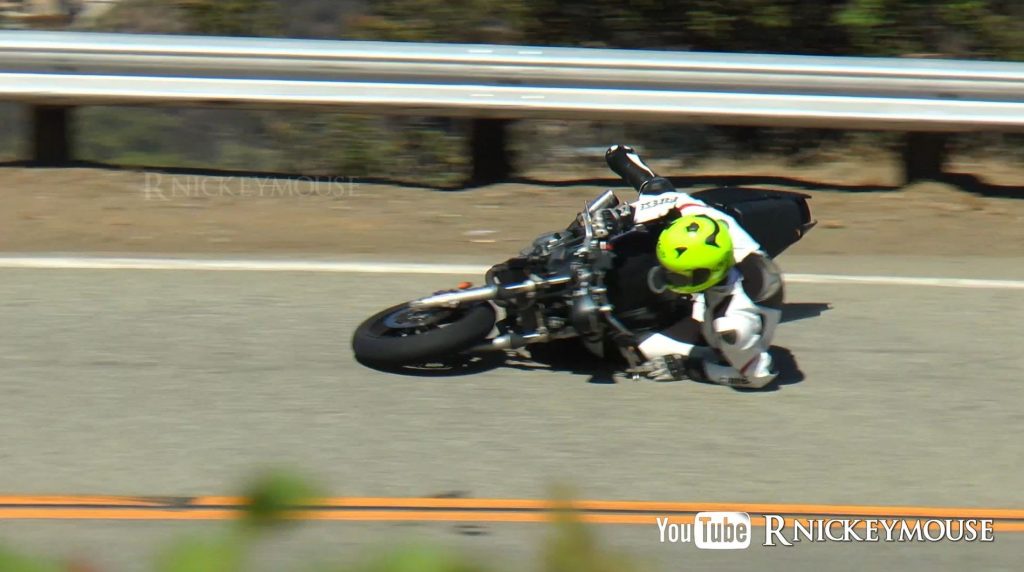
Don’t just banzai into a corner at the highest speed possible without analyzing the processes. It’s true that the modern motorcycle and its components including tyres (even sport-touring tyres) are usually up to the job. However, mistakes are compounded until the point of no return, risking injury and damaging your bike.
4. Look through the corner
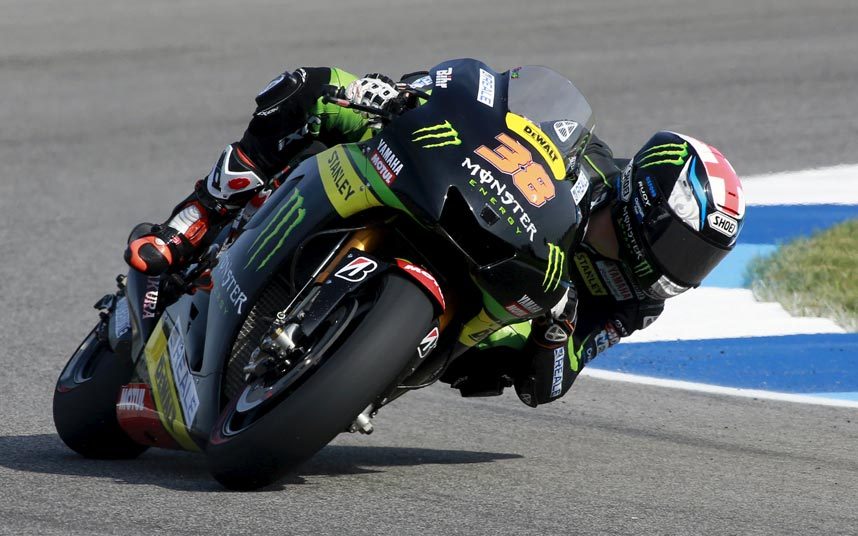
Remember that you go where you look. The first part of cornering is to look through the corner and trace an imaginary line through it. If you’re used to staring downwards on the streets, now is the time to learn the correct visual techniques. Remember: Look up, look through and look wide, look at where you want to go. You’ll be amazed at how relaxed you’ll feel.
5. Hang off early
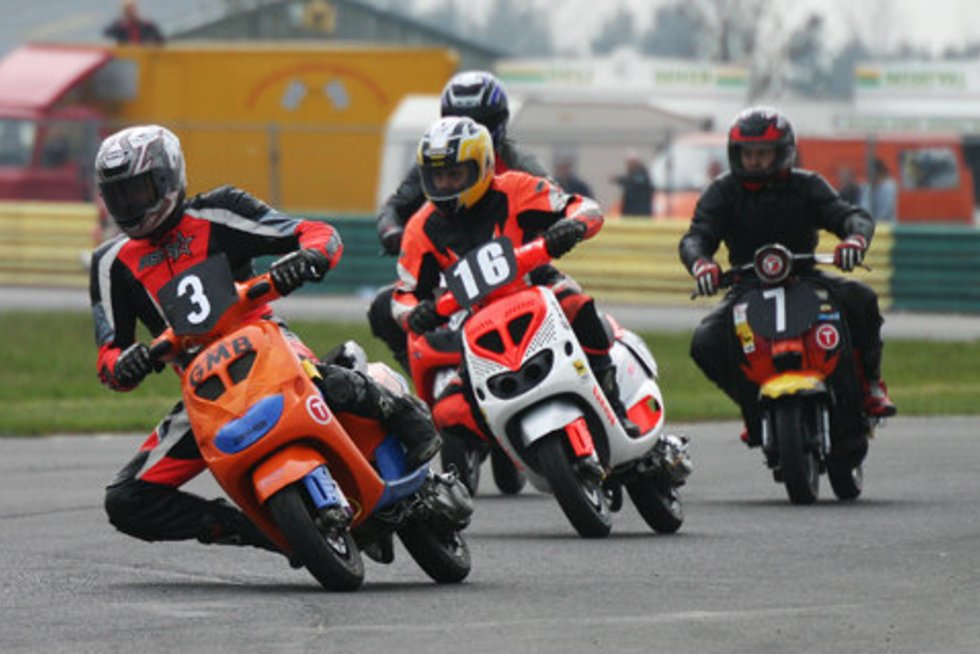
As you approach the corner move your butt off the seat and your upper body off the centre line of the bike. You should use the tank and bike’s midsection to support yourself. Stick the knee out, stay there and don’t squiggle around anymore. Hang off in a position that is comfortable to you because you could always modify your body position as your experience picks up. Don’t hang off too much, either, as forcing it will have you contorted all over the bike, making you feel uncomfortable and rob your confidence.
Always hang off early compared to shifting your body only when you’ve started to turn the bike in. Doing the latter will destabilize the bike, causing you to lose confidence and back off, hence robbing your chance of a clean kneedown.
6. Set your speed
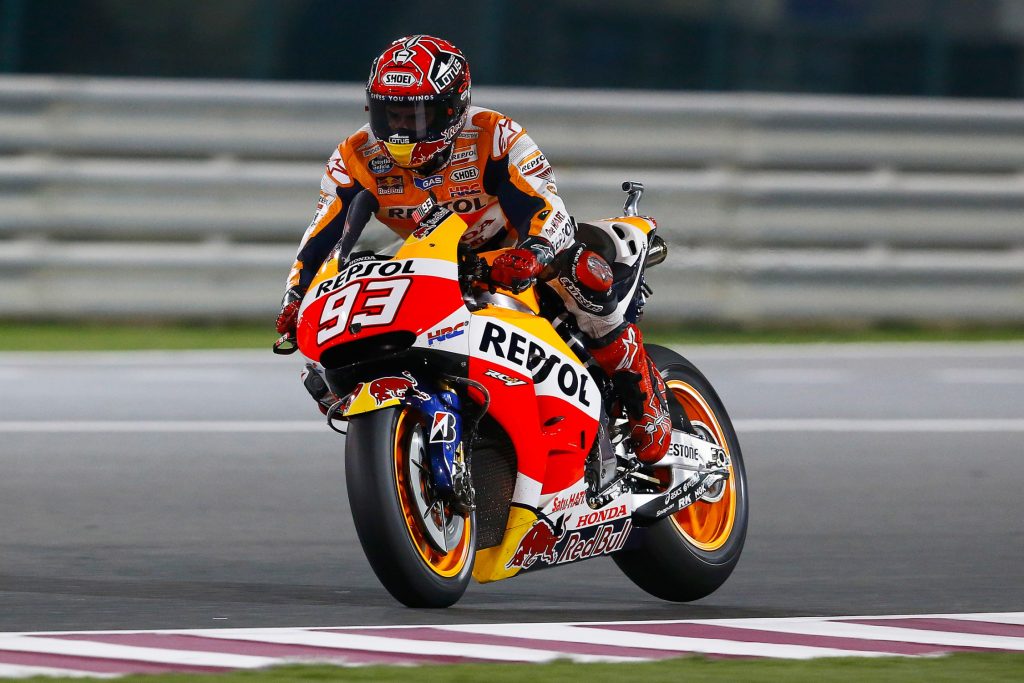
Set your speed using the brakes, instead of relying too much on engine braking. Select the gear which gives you a smooth rolling speed through the turn as well as to provide the punch out of the corner. Too low a speed or gear will bleed off too much speed causing the bike to stand up and forcing you to throttle up too soon.
7. Countersteer
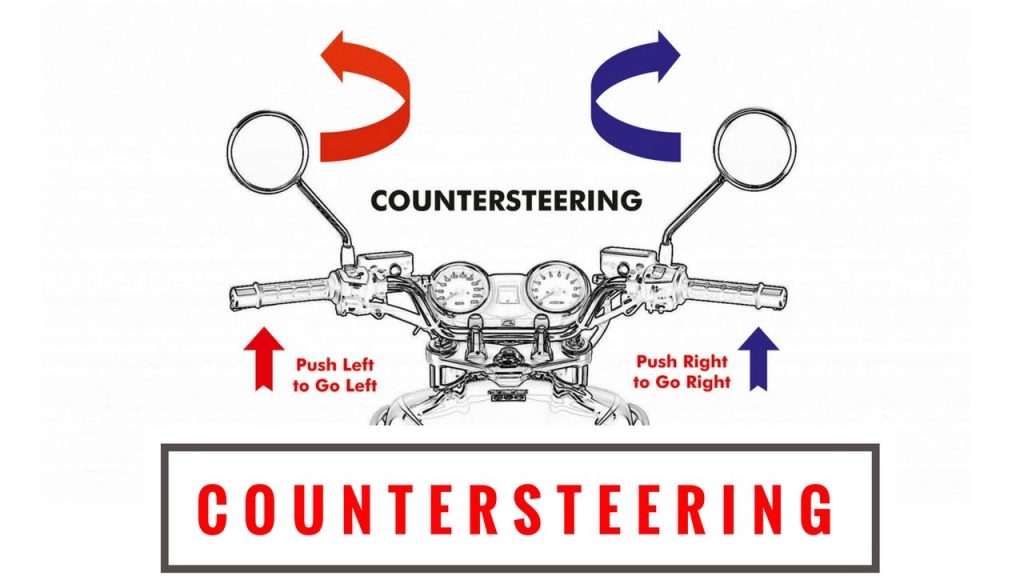
When you reach your turn in point, countersteer (push left to turn left, push right to turn right) and let your body and motorcycle lean into the turn. Point your chin and elbow into the turn.
8. Steady with the throttle
Roll on your throttle control steadily without being greedy. Too much throttle too soon at extreme lean angles will overwhelm the rear tyre’s contact patch. Shutting the throttle or rolling on and off will destabilize the bike – just one smooth, continuous throttle opening.
9. Skrrrth…
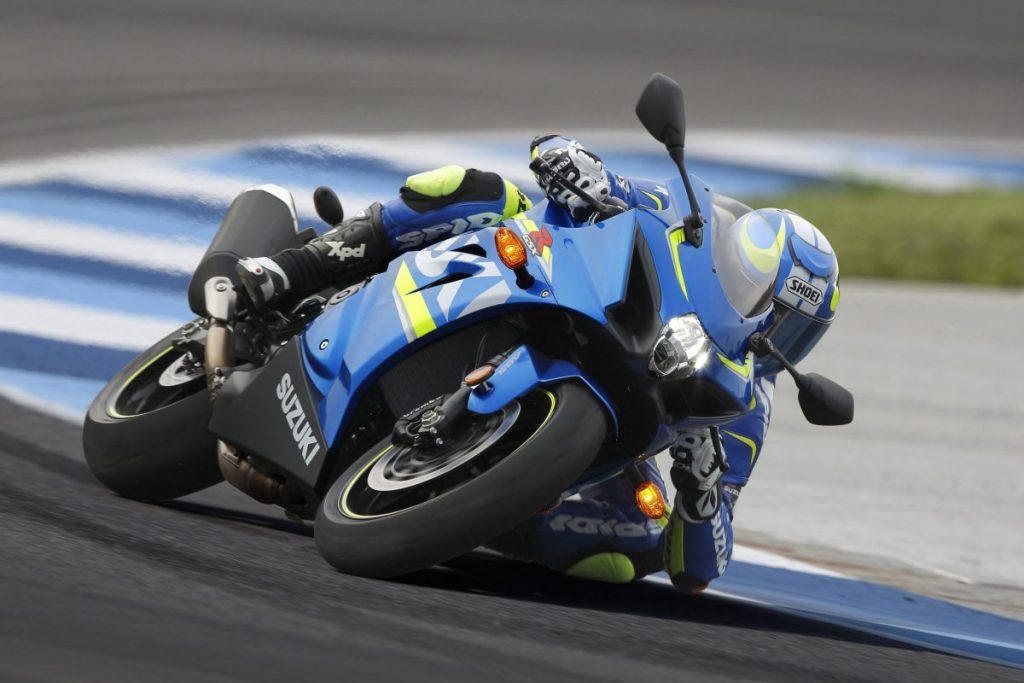
Soon enough you shall hear the sound of plastic scraping the road. Congrats! You’ve got a knee down.
10. What’s next?
Once you’ve gotten a knee down, you don’t have to keep holding it down. Instead, just stay relaxed and natural to sample the feel of the tyres, suspension and bike as a whole at that angle. If you determine there’s still more grip to go, add a little more speed on the next lap. If the tyres are already squirming, you should either go slower or use a little less lean angle the next time around.
There you go, it’s not too difficult. Just remember to apply the correct techniques and stay relaxed. Don’t fret if you couldn’t get it down the first time, instead concentrate on your braking point, entry speed, line and body positioning first rather than charging in kamikaze style. Get those factors right and the speed will come.
Lastly, DON’T DO IT ON THE STREETS!


